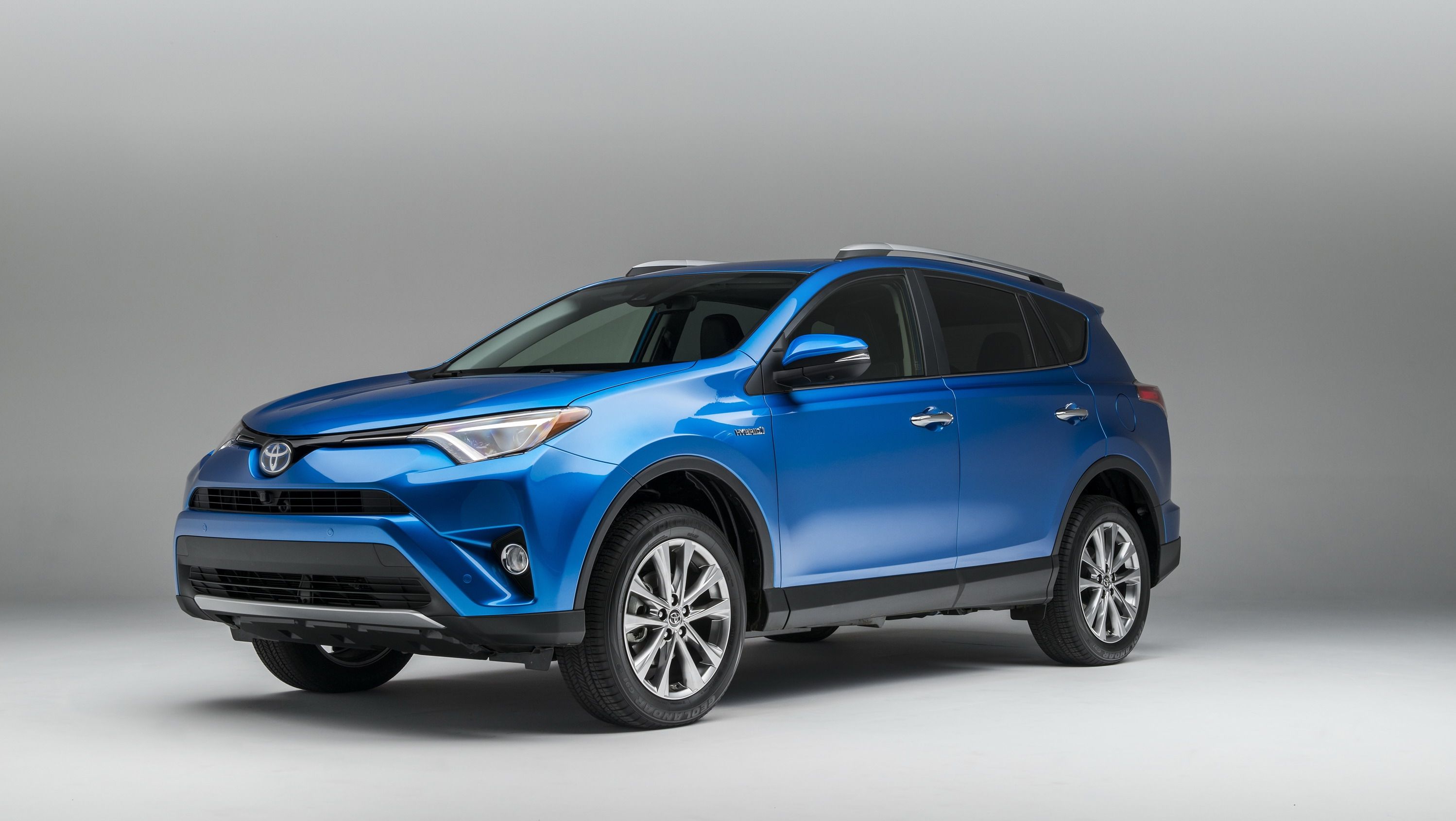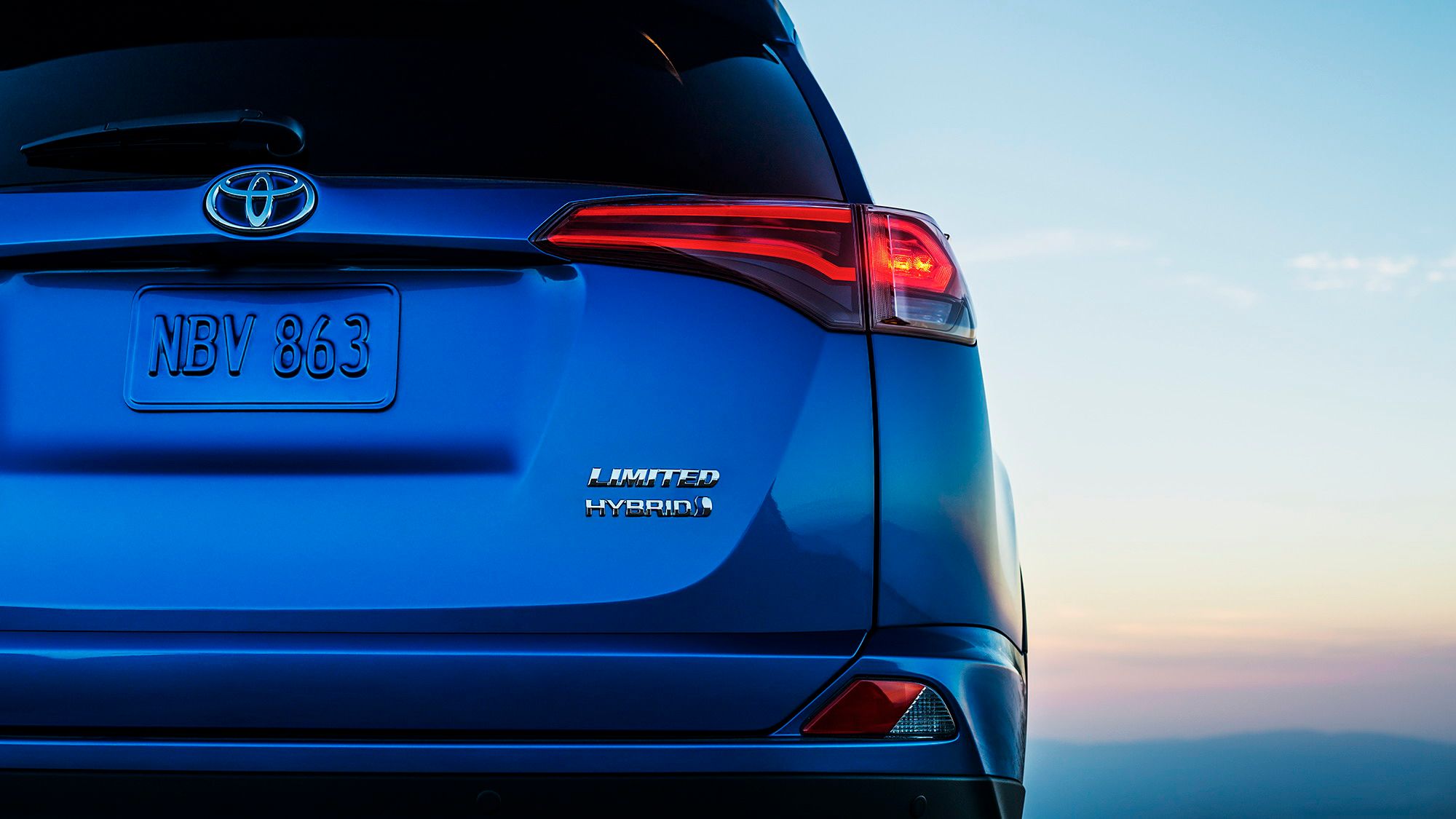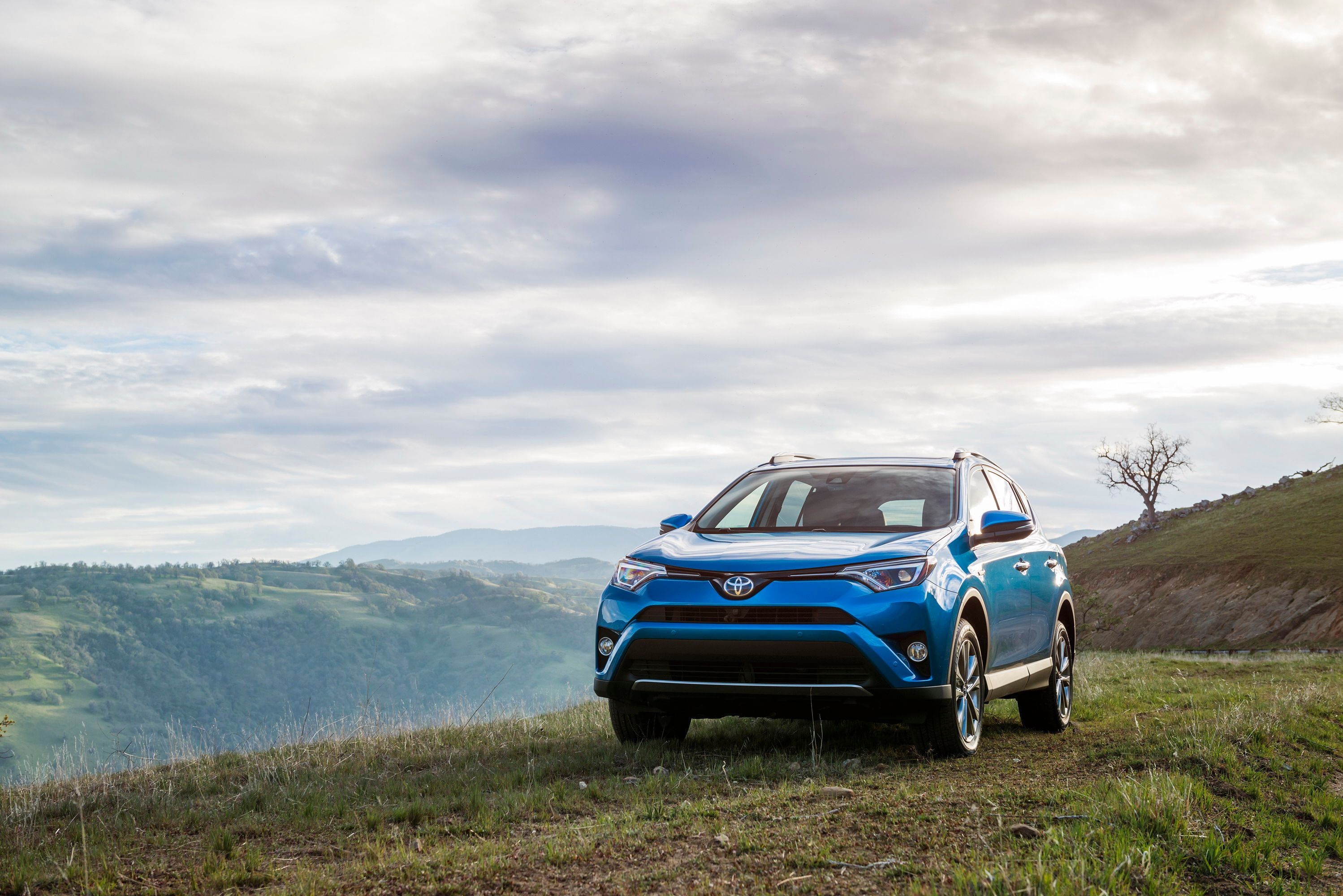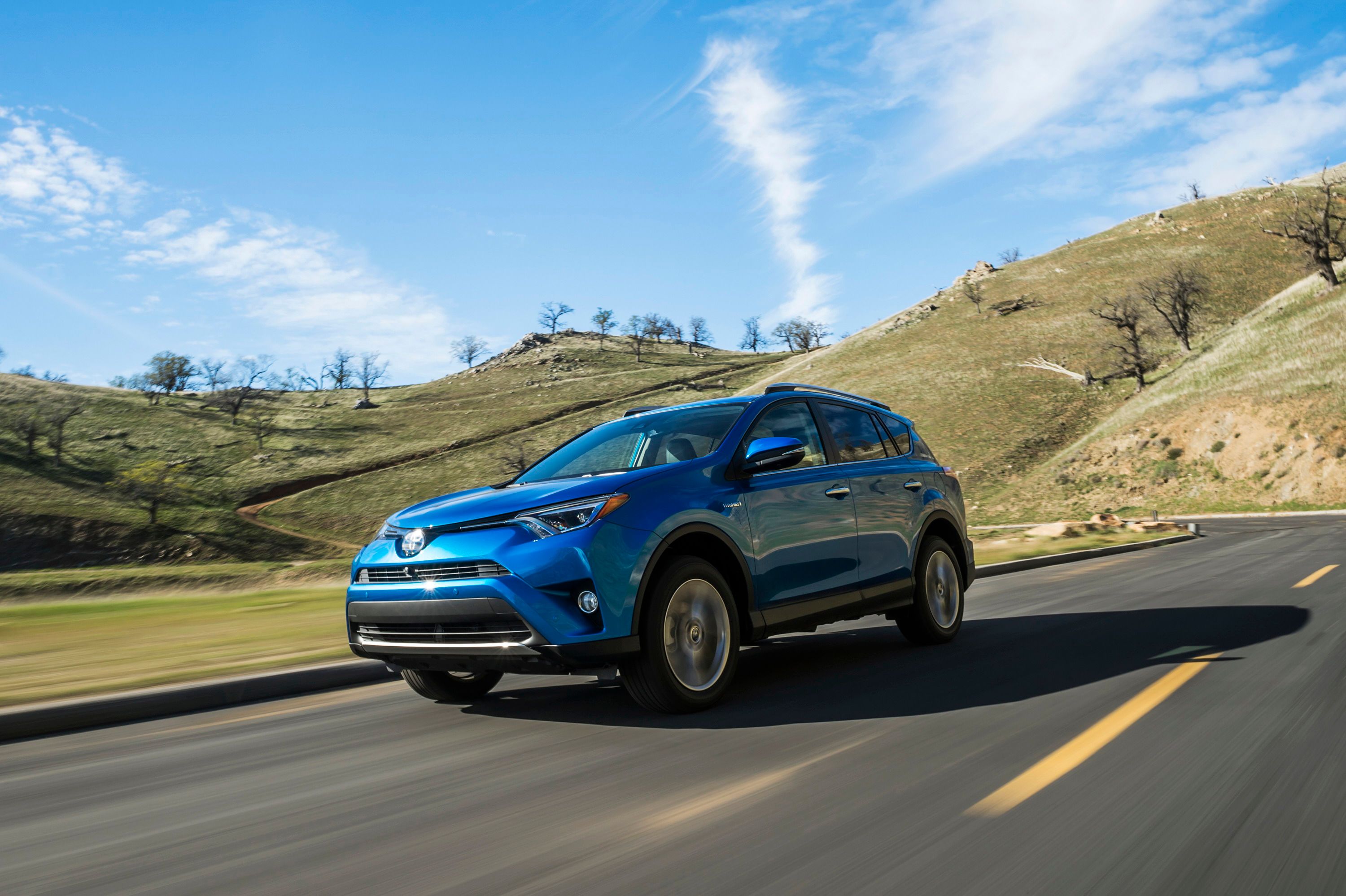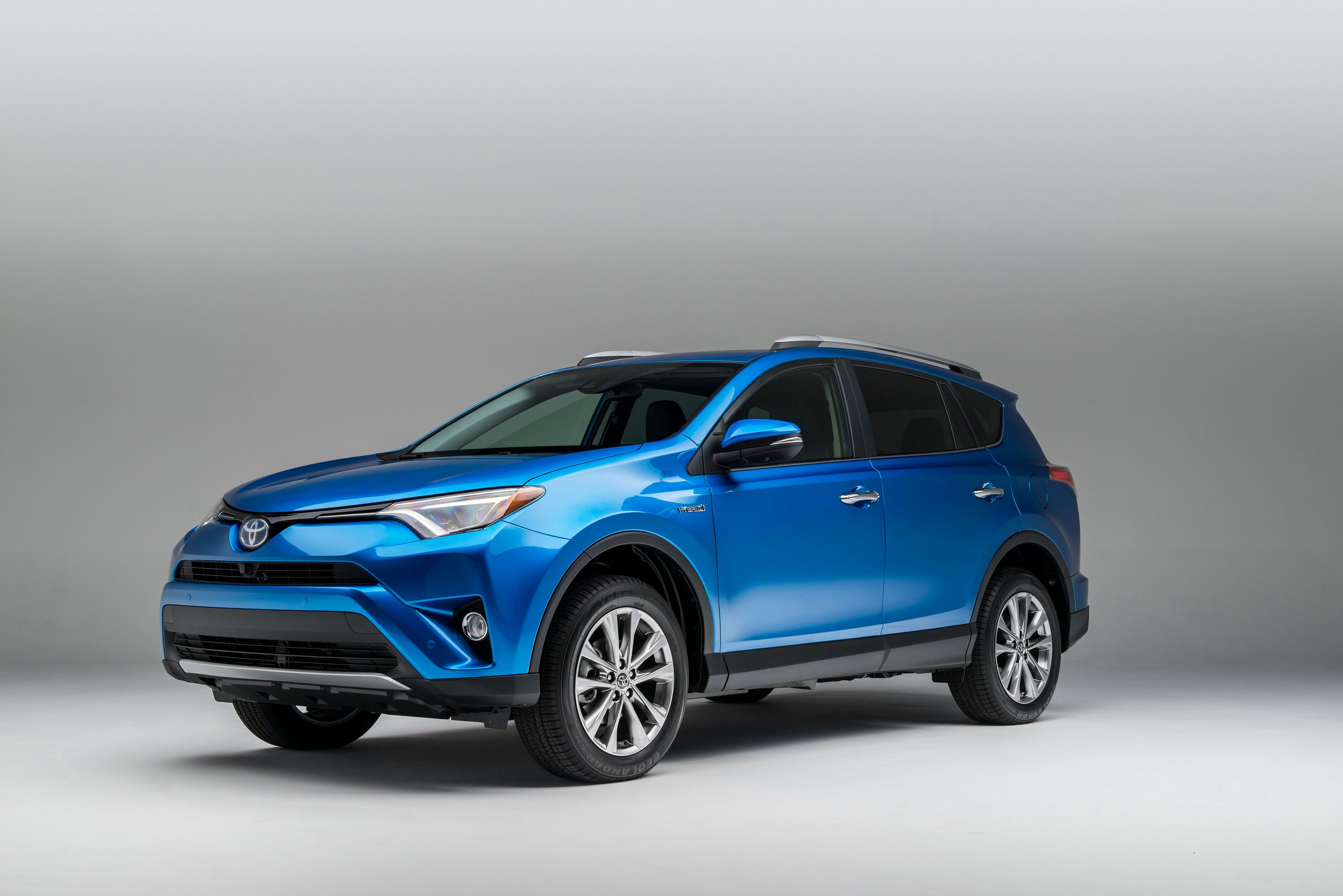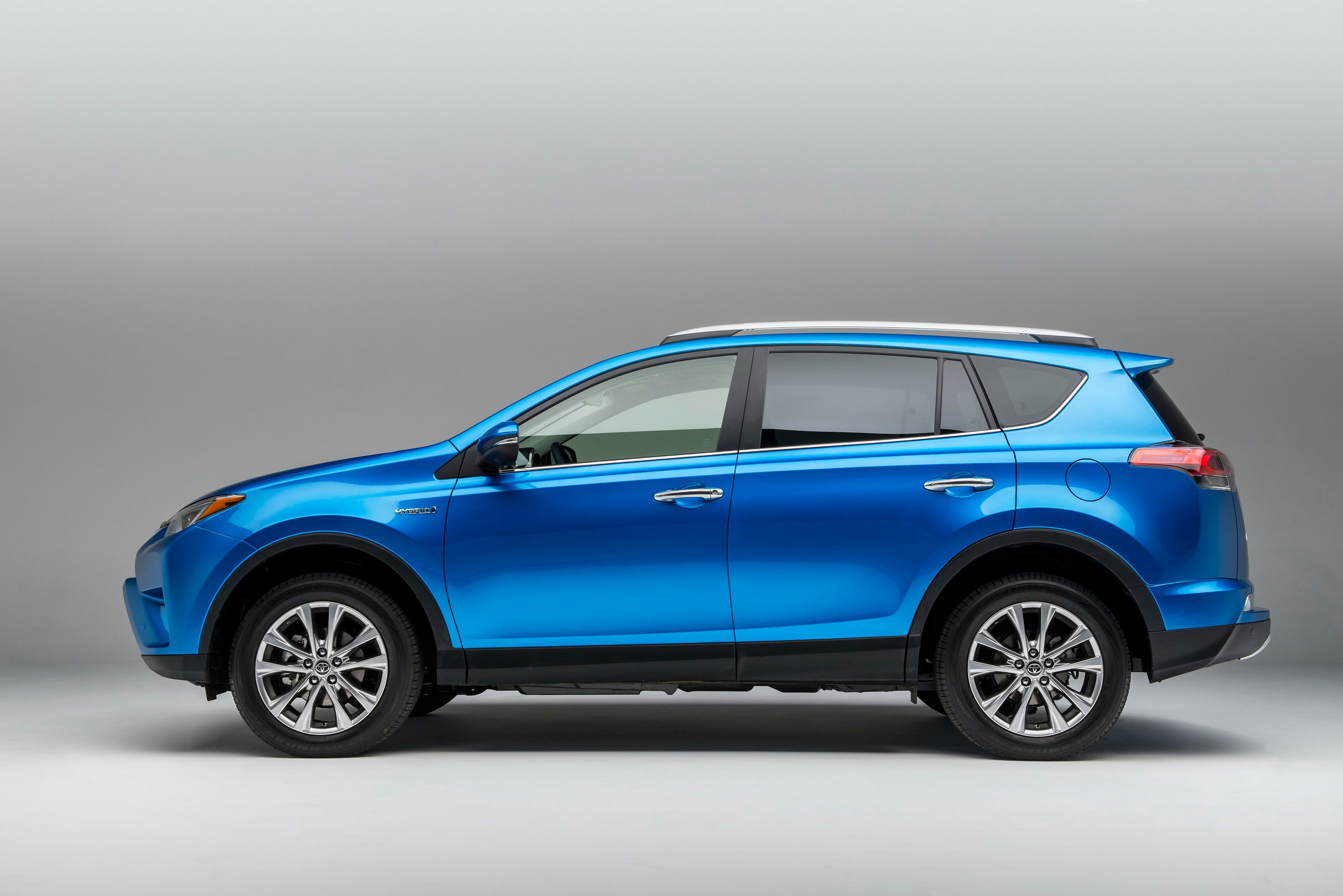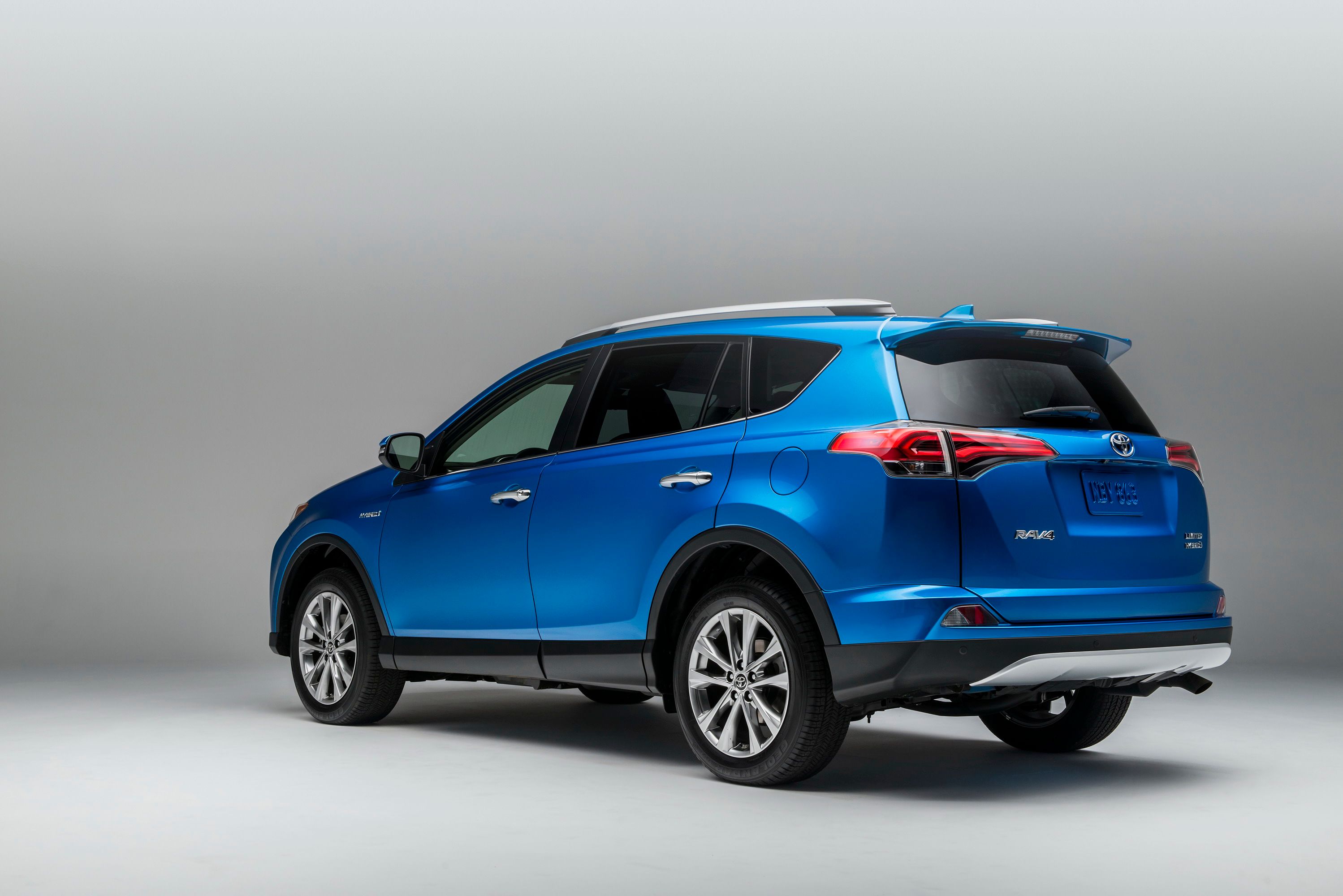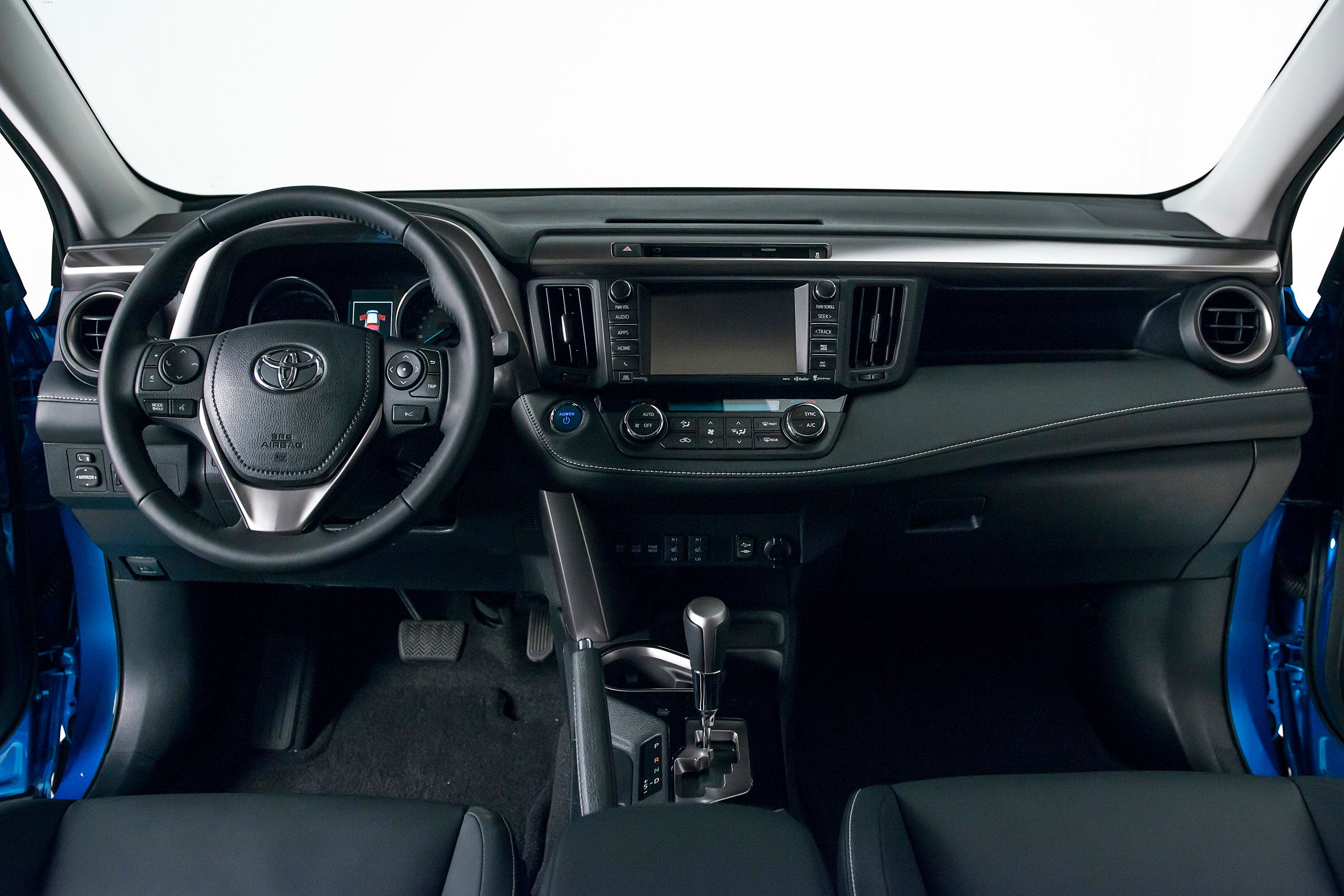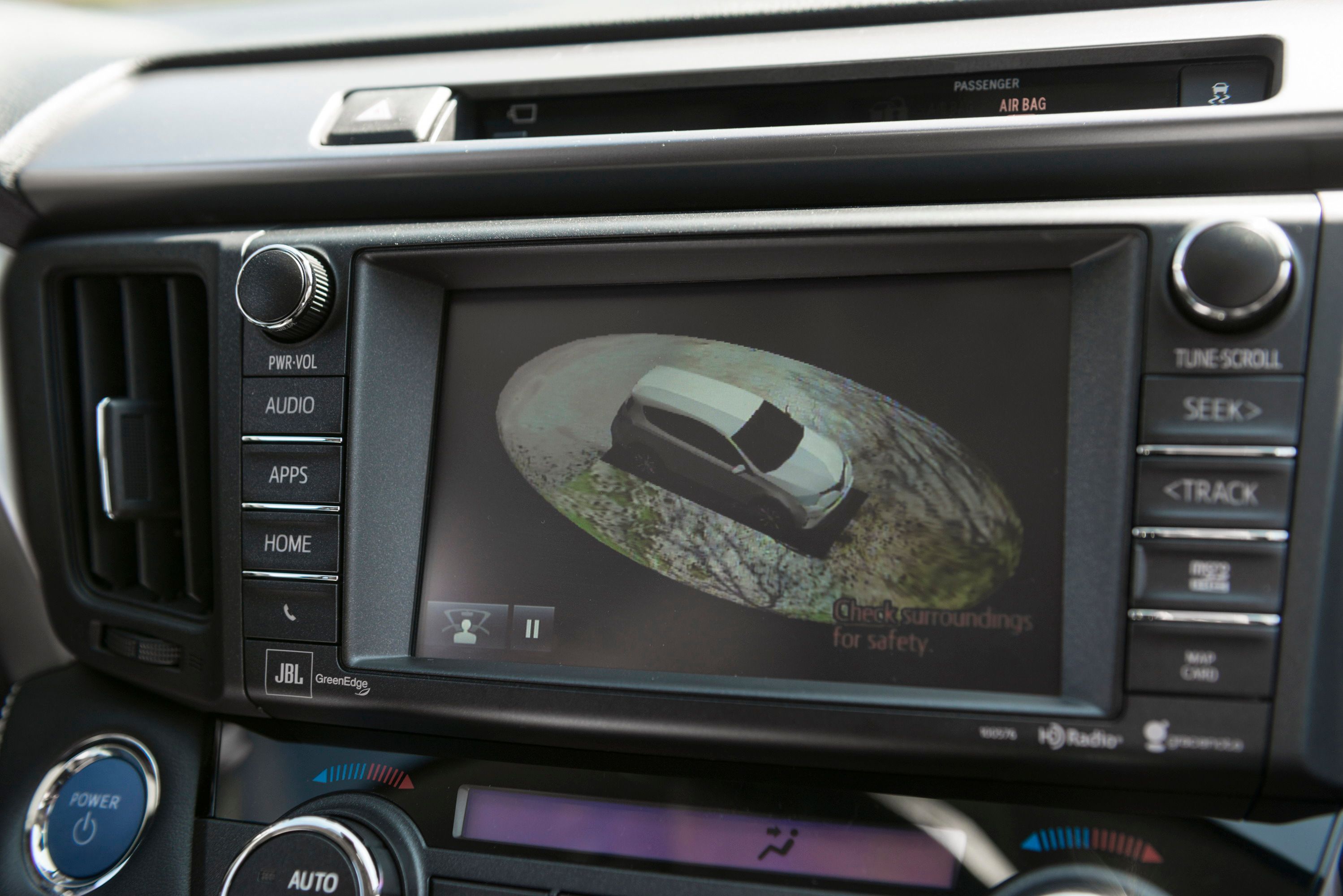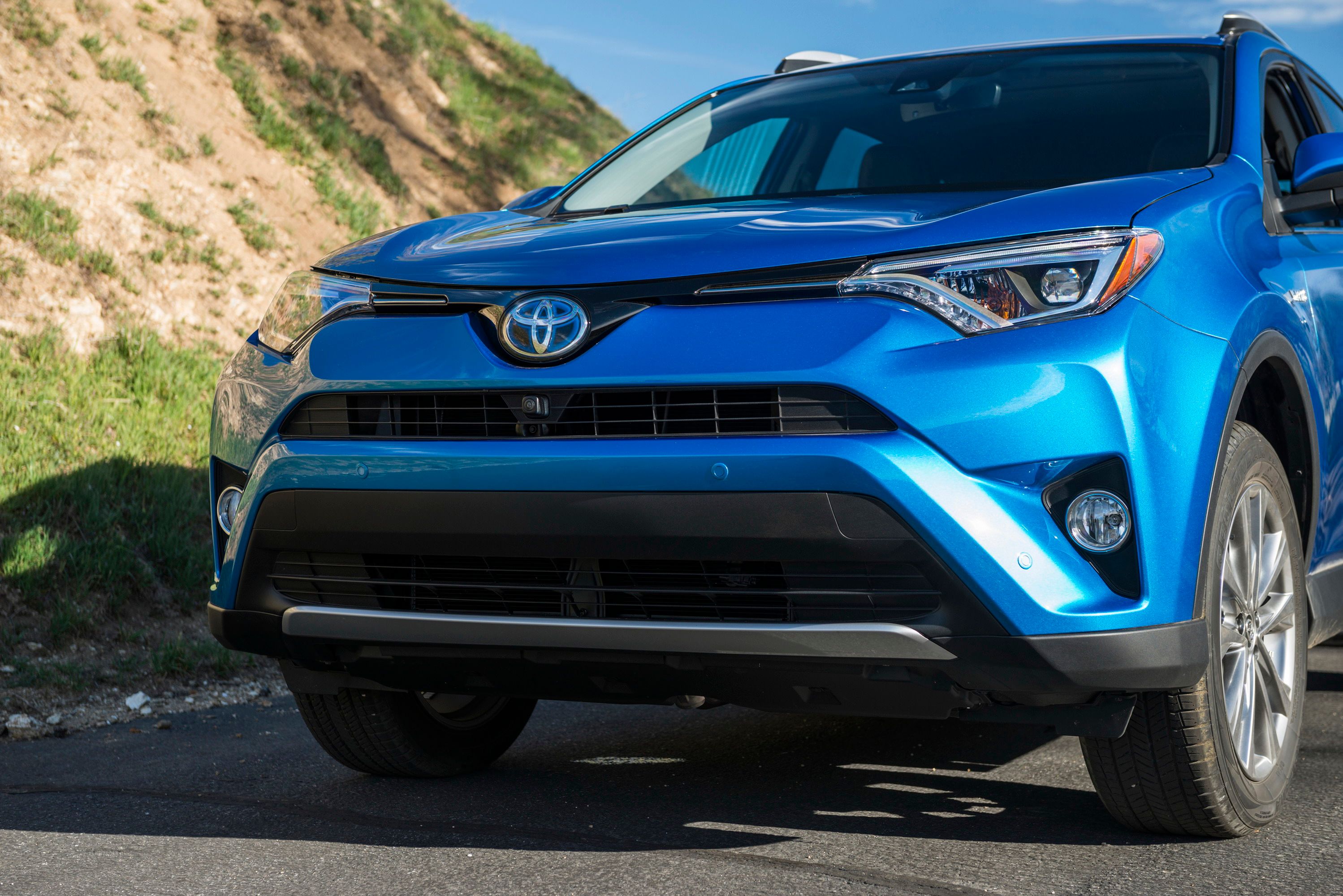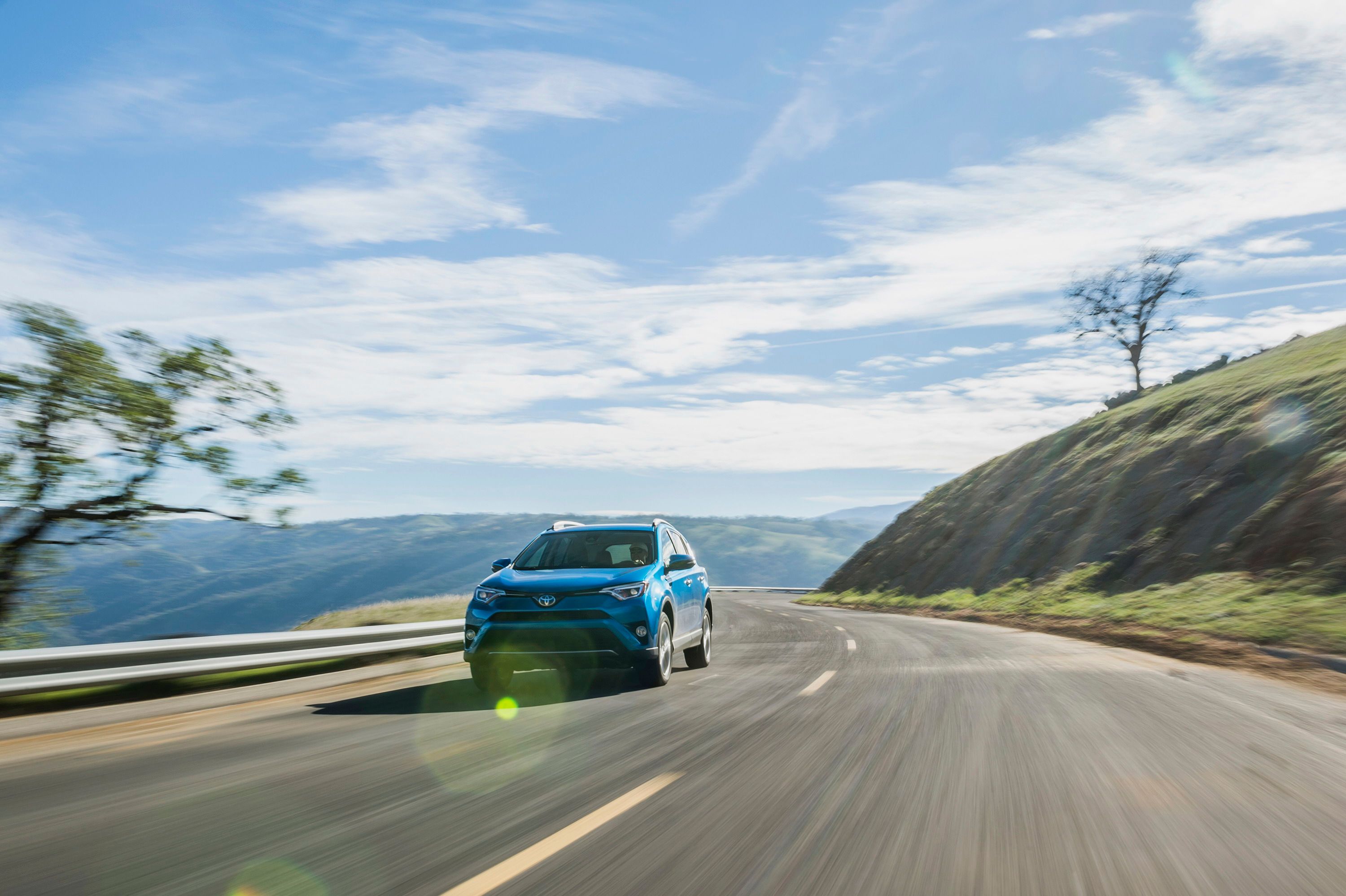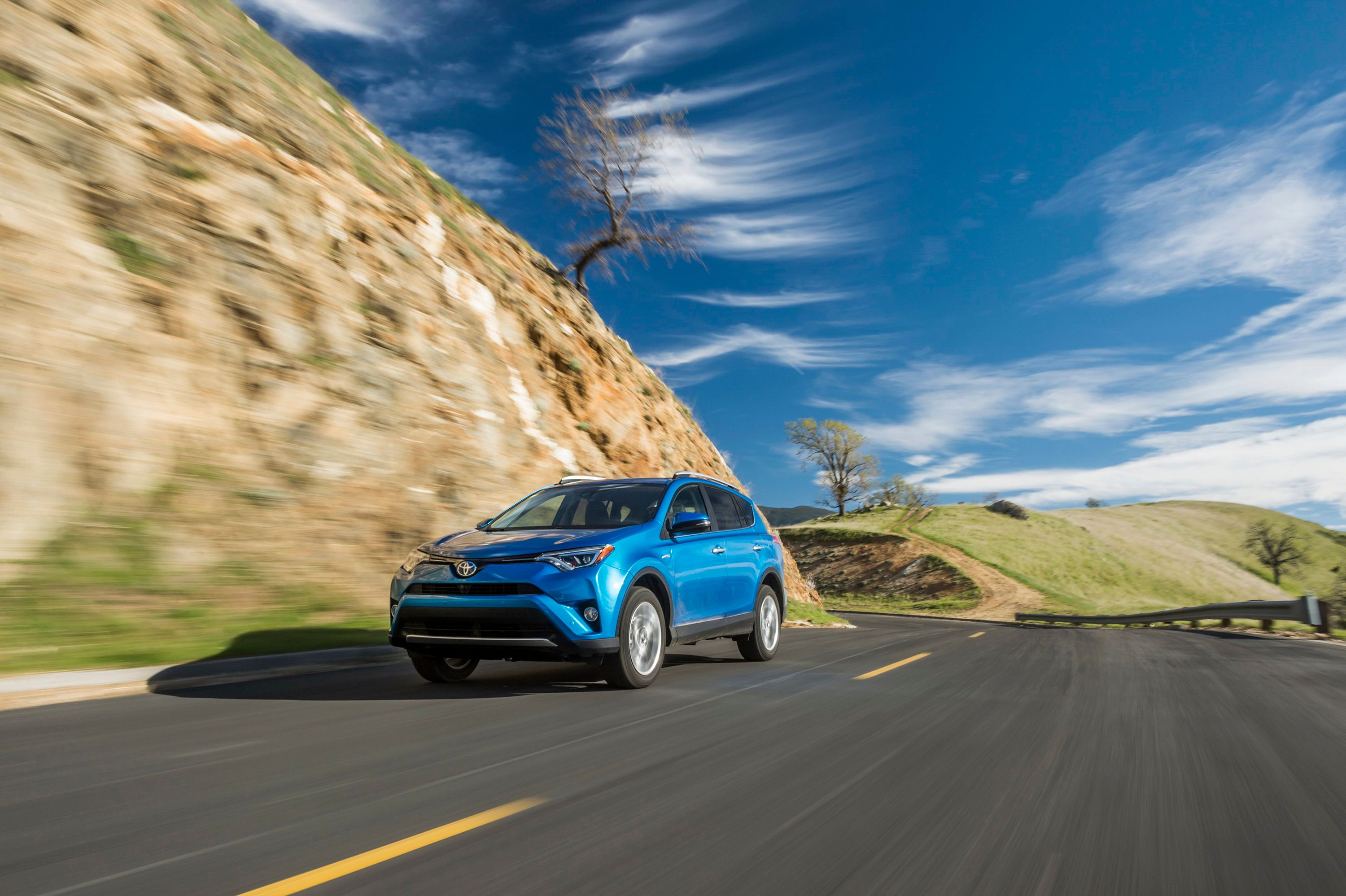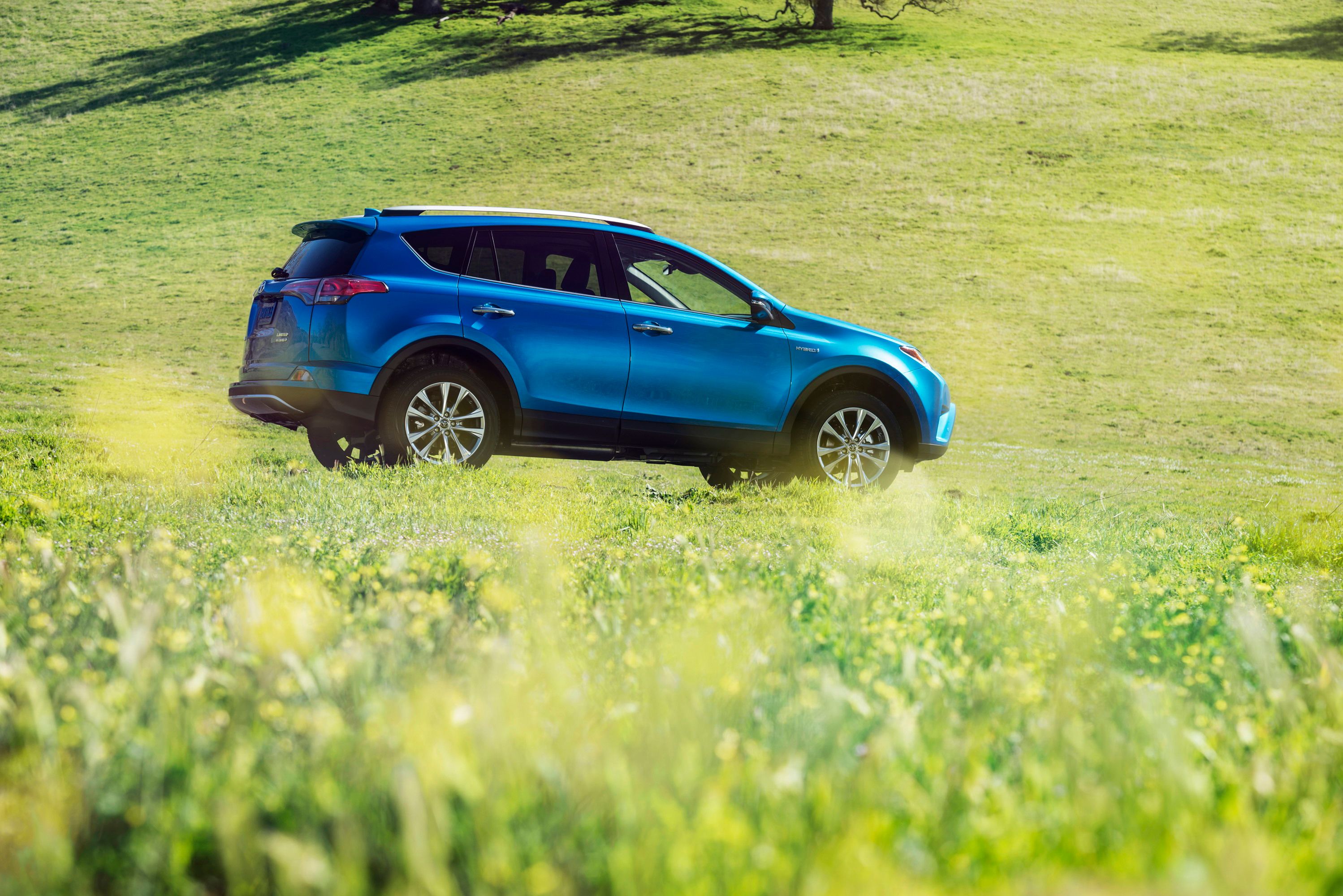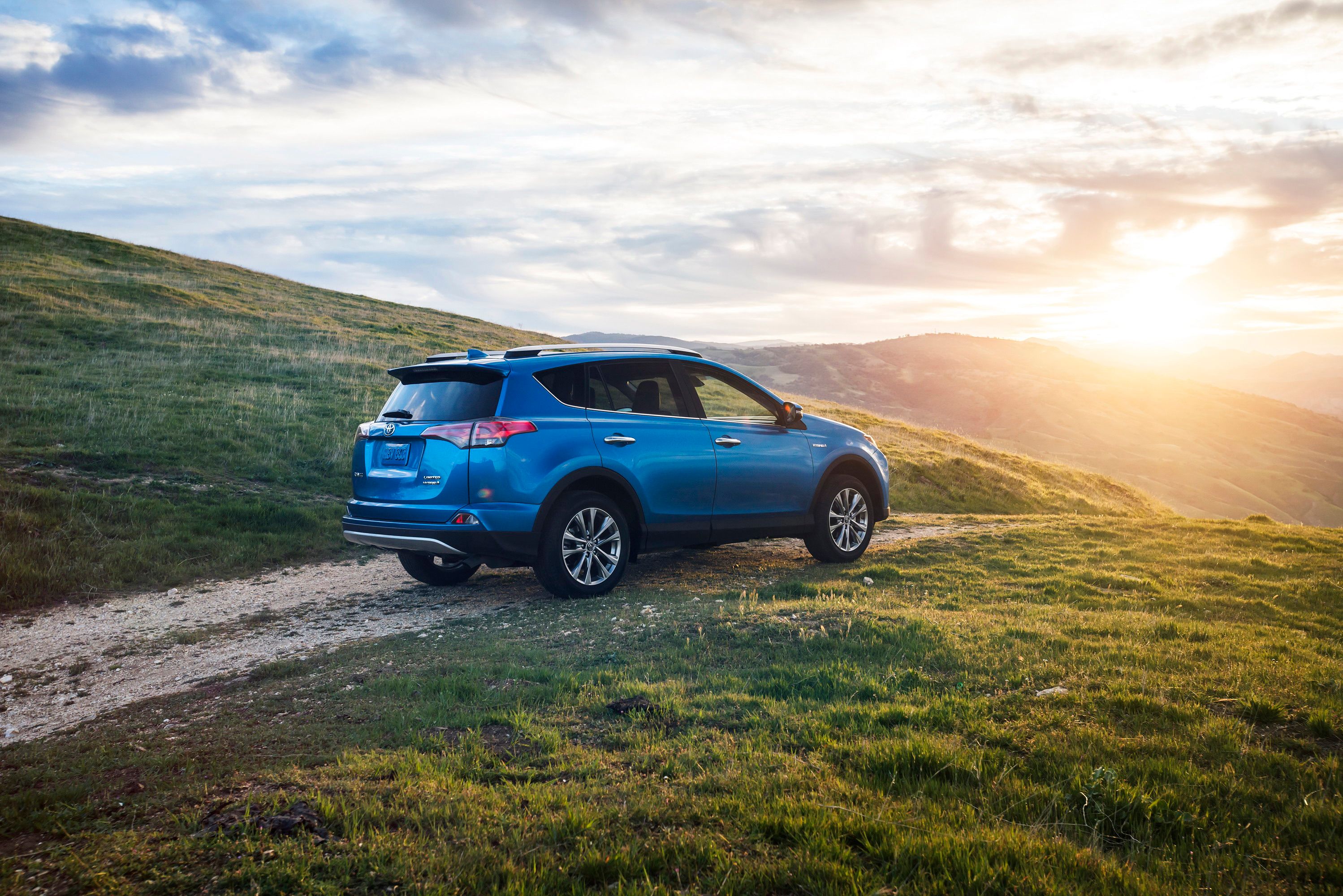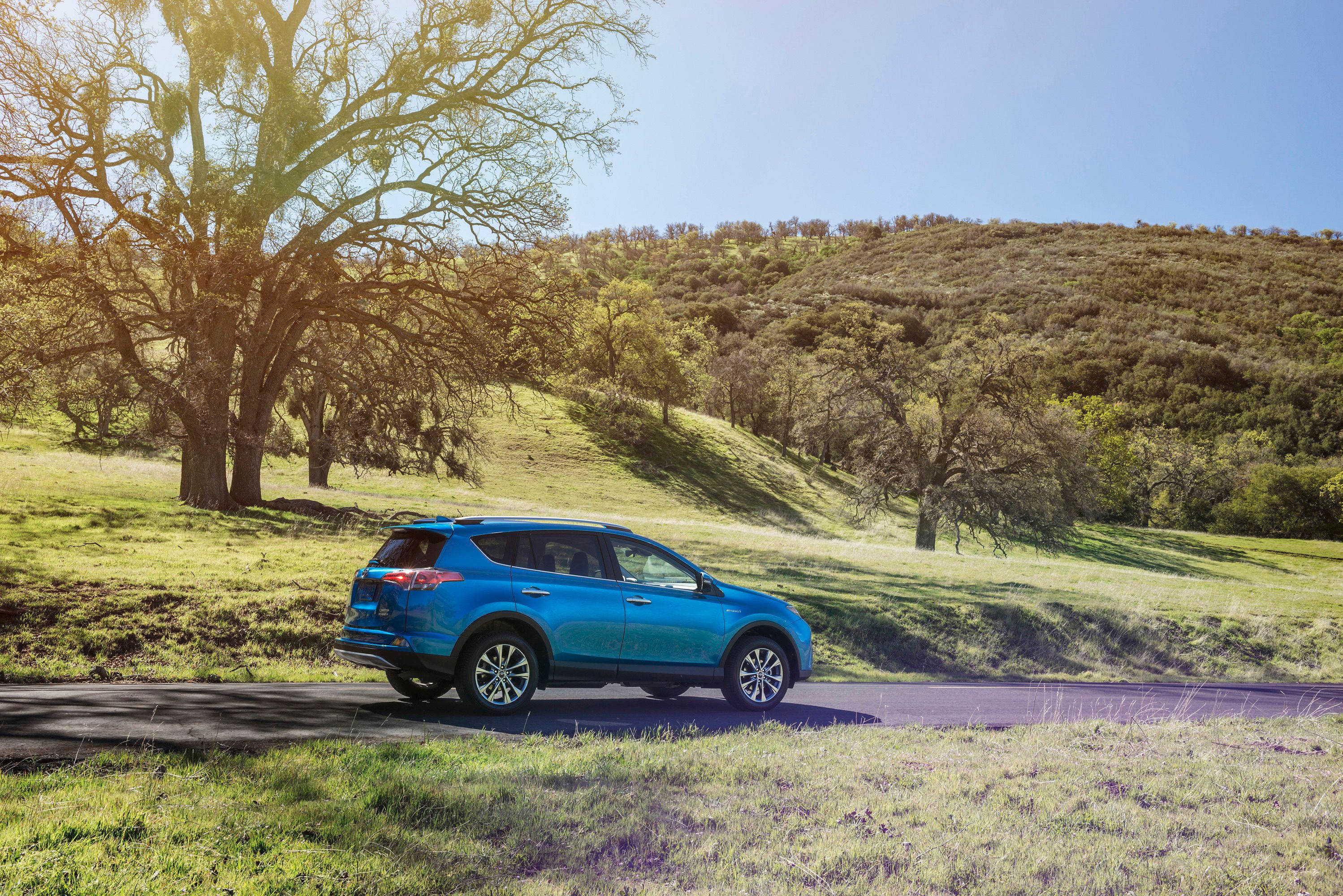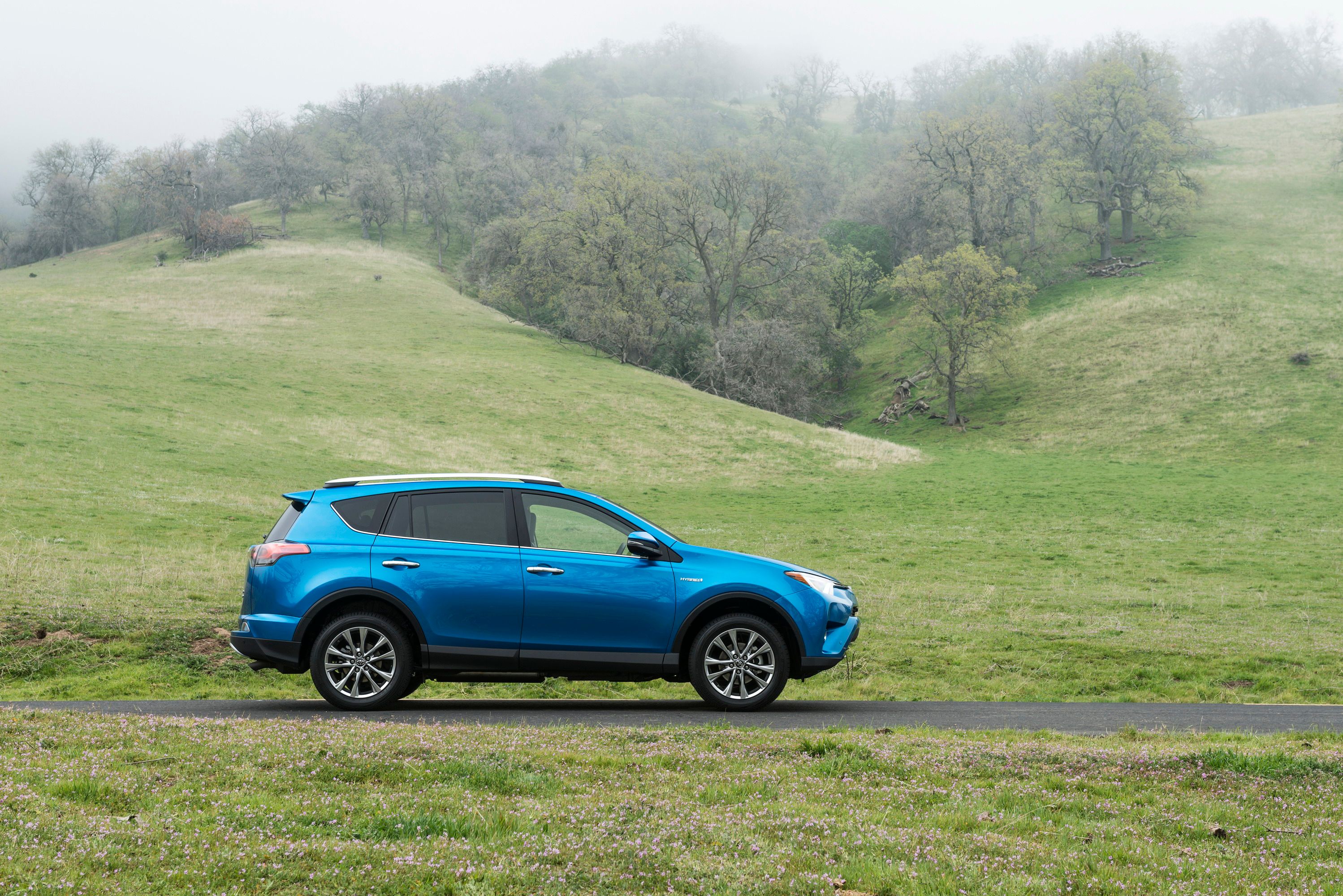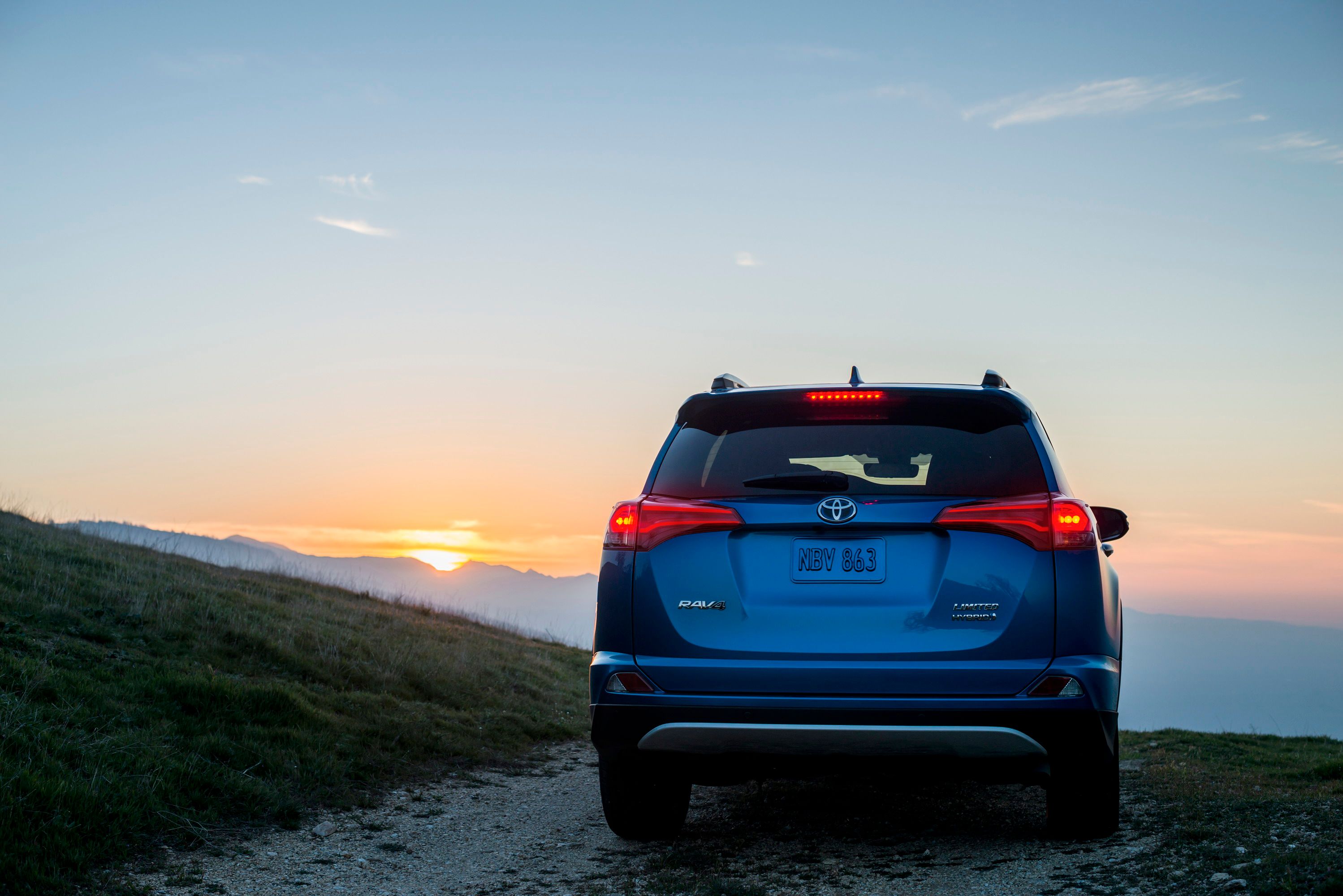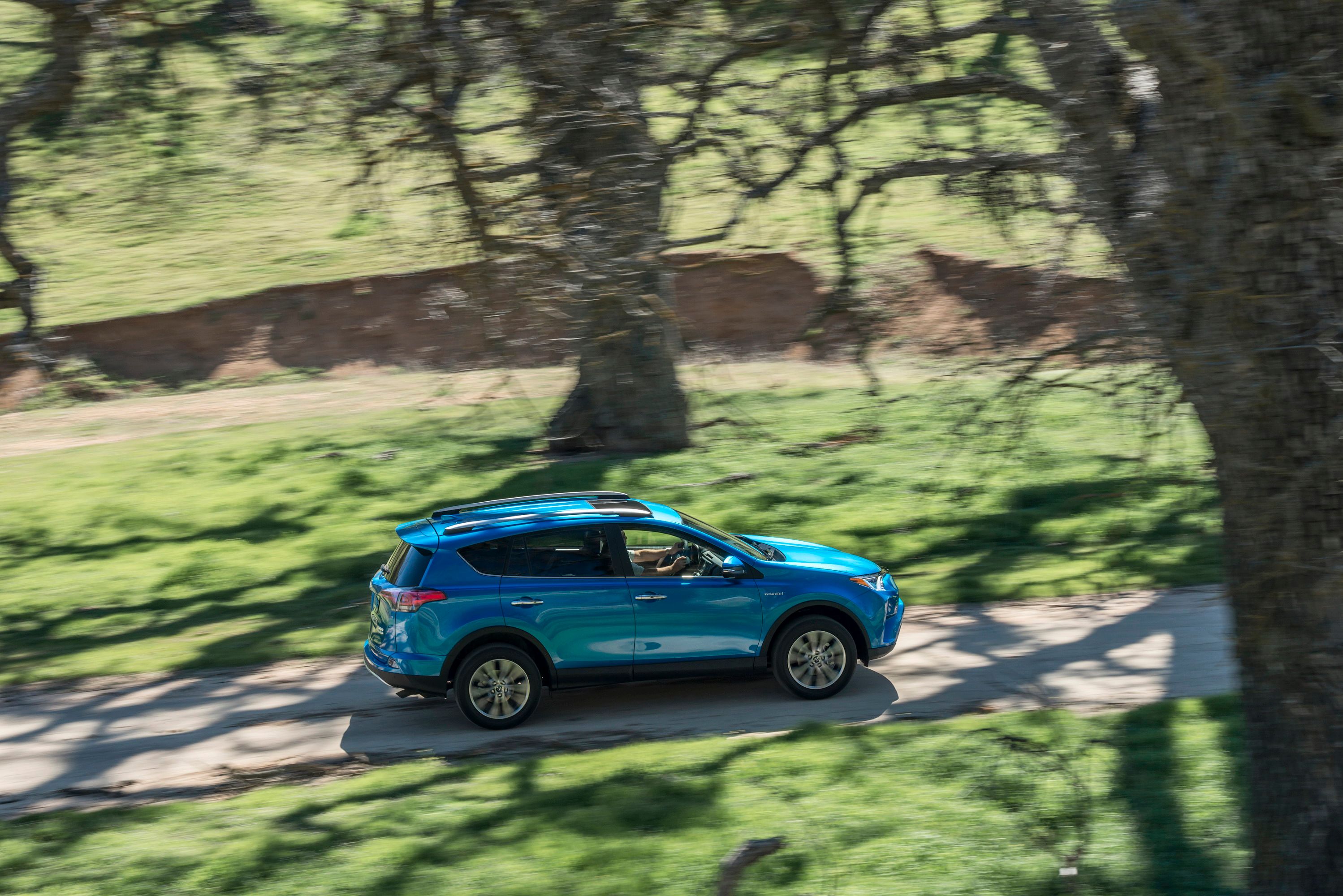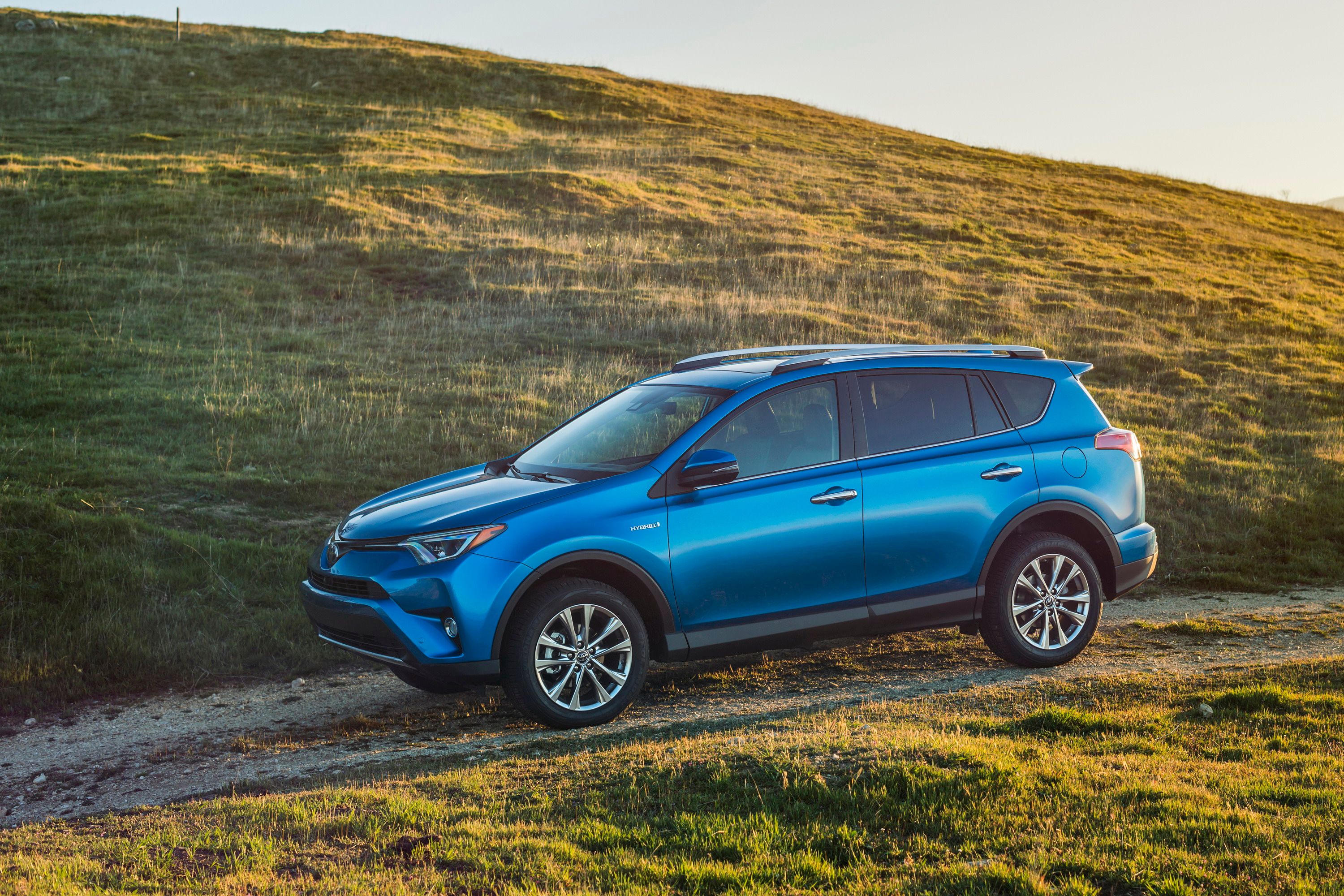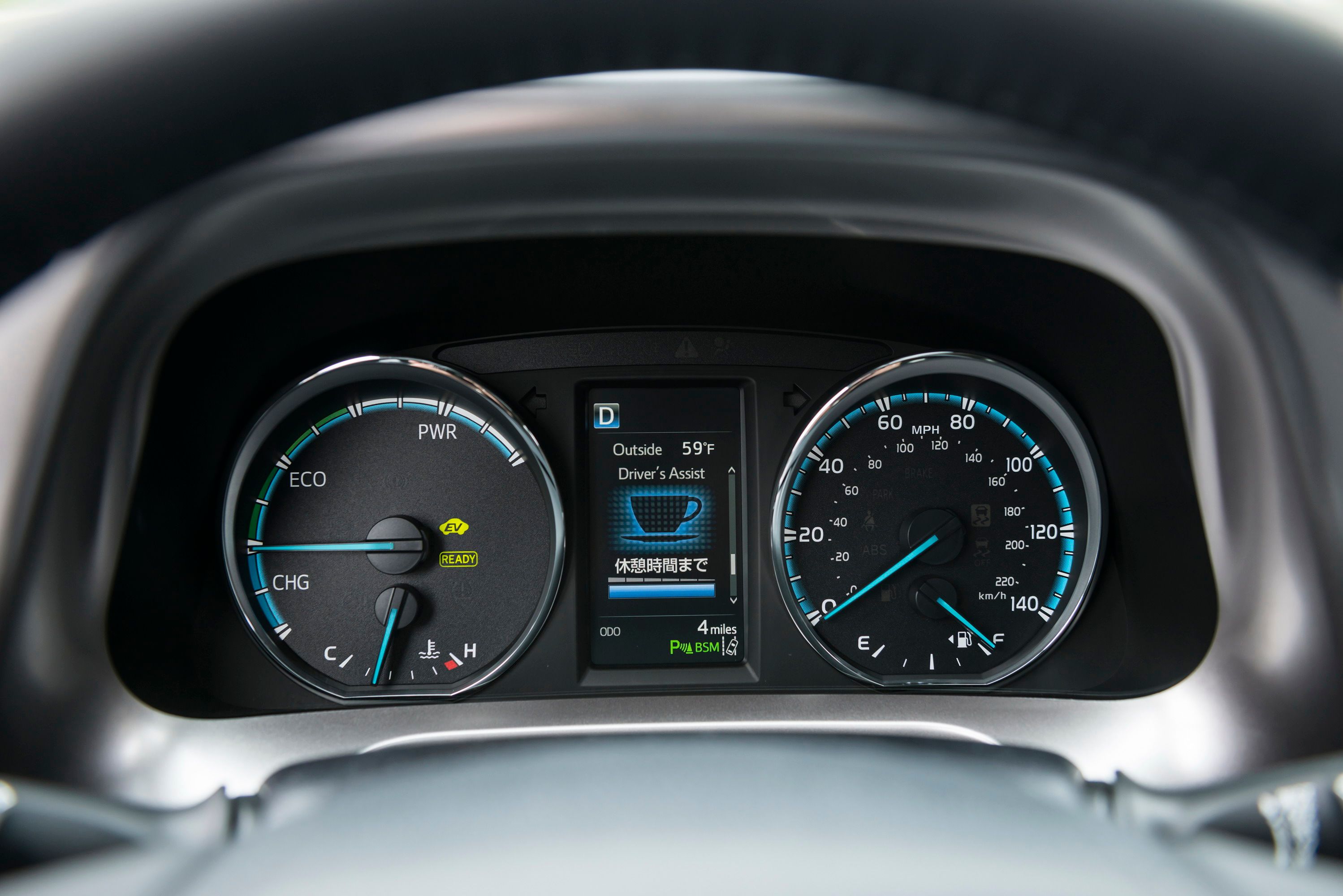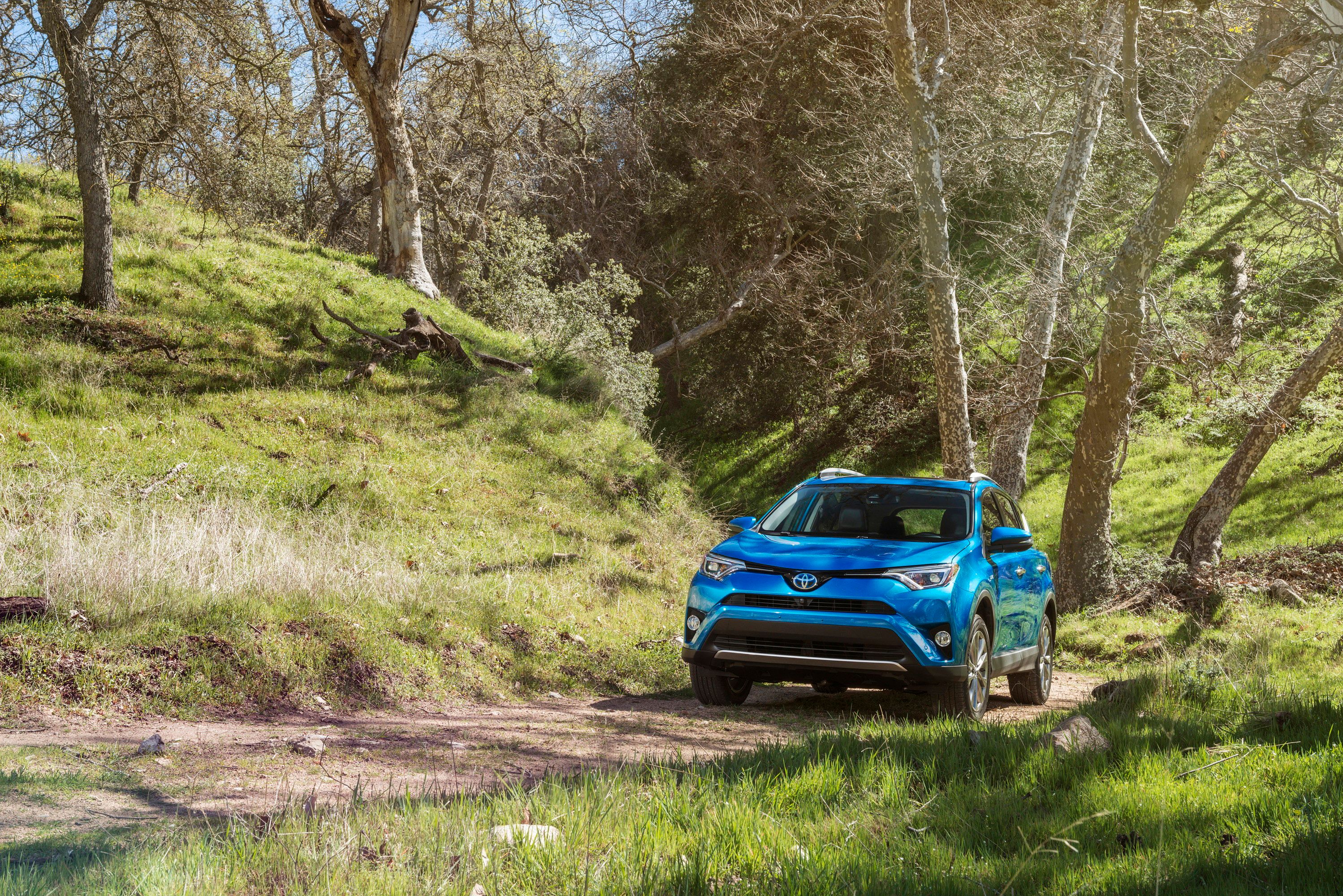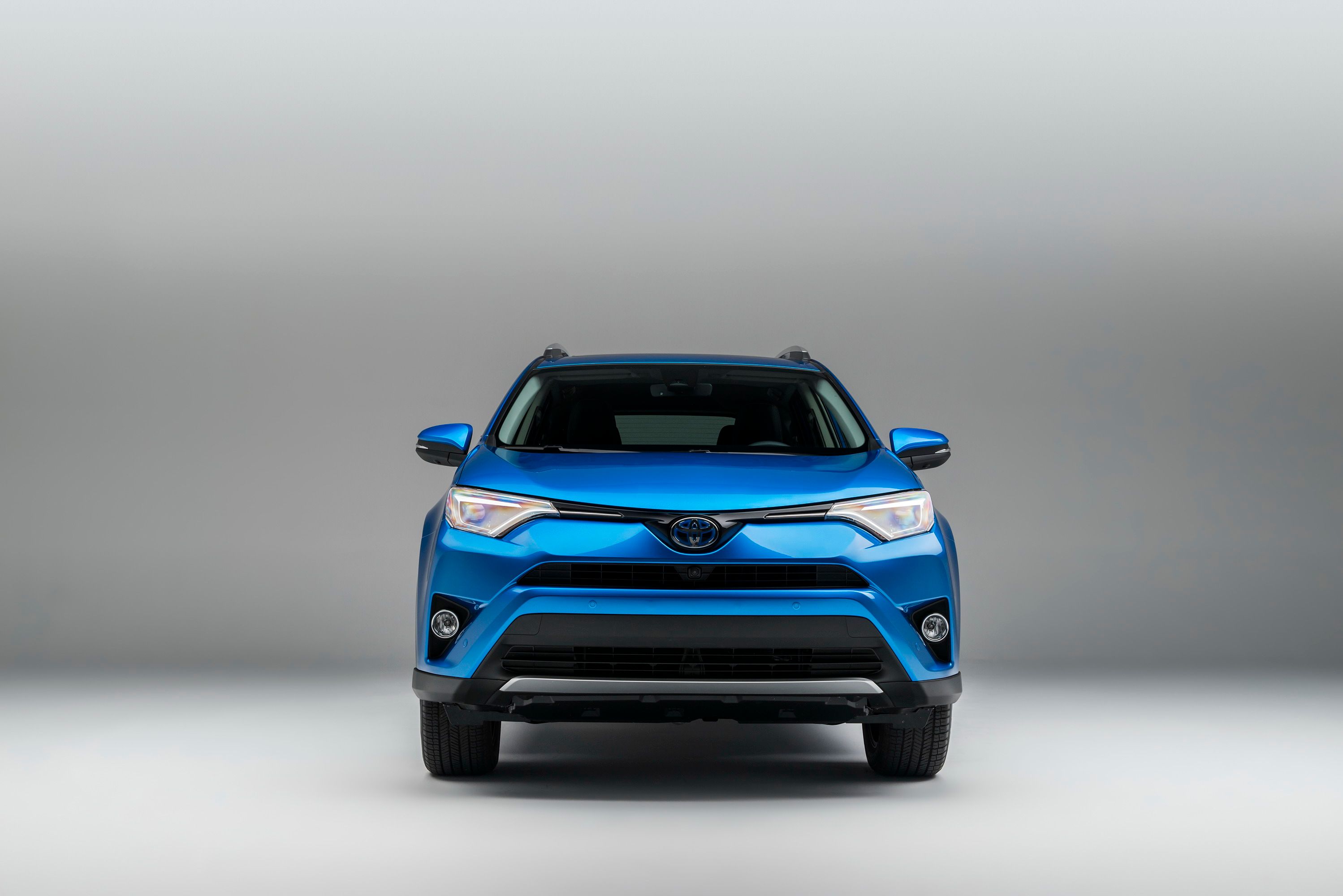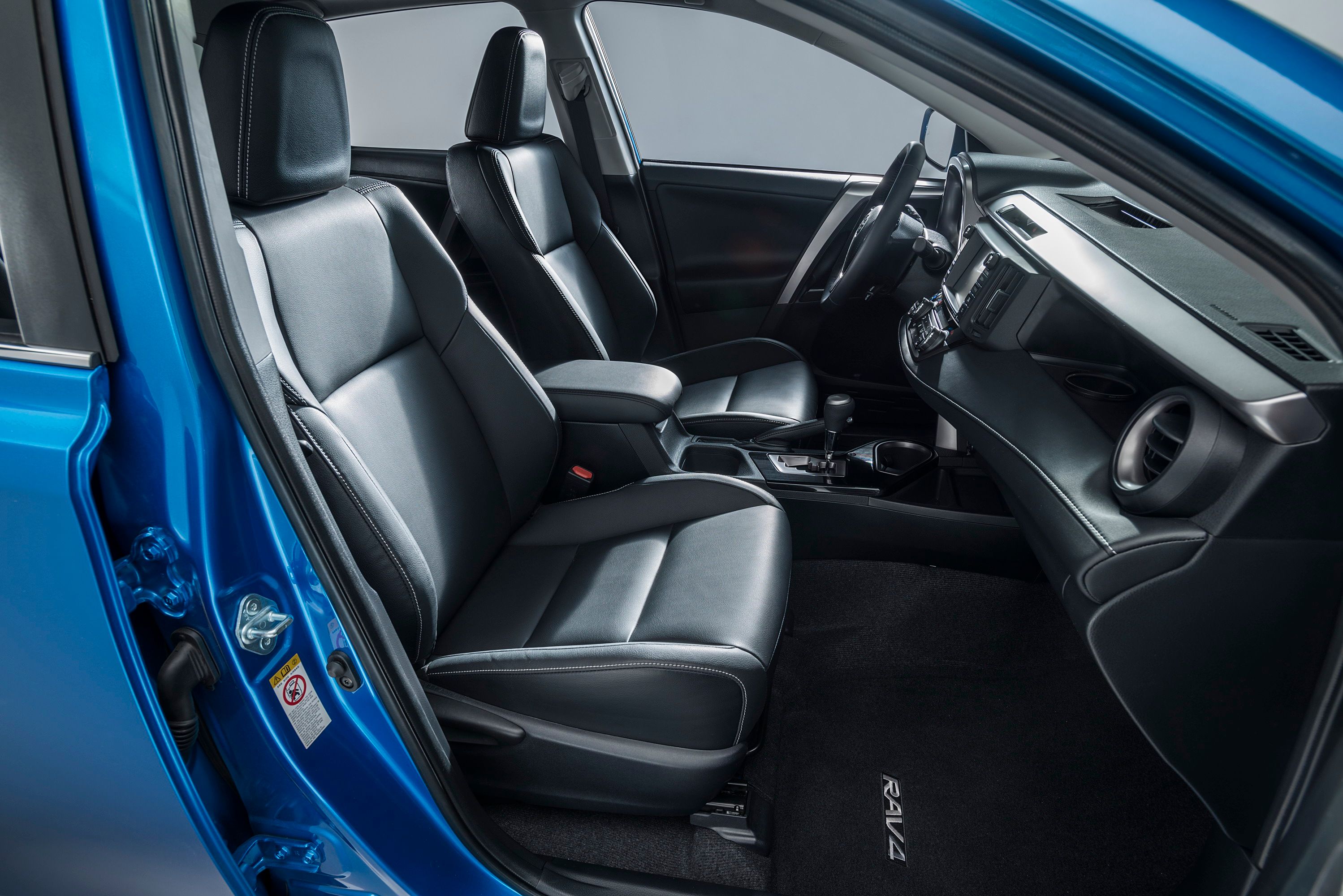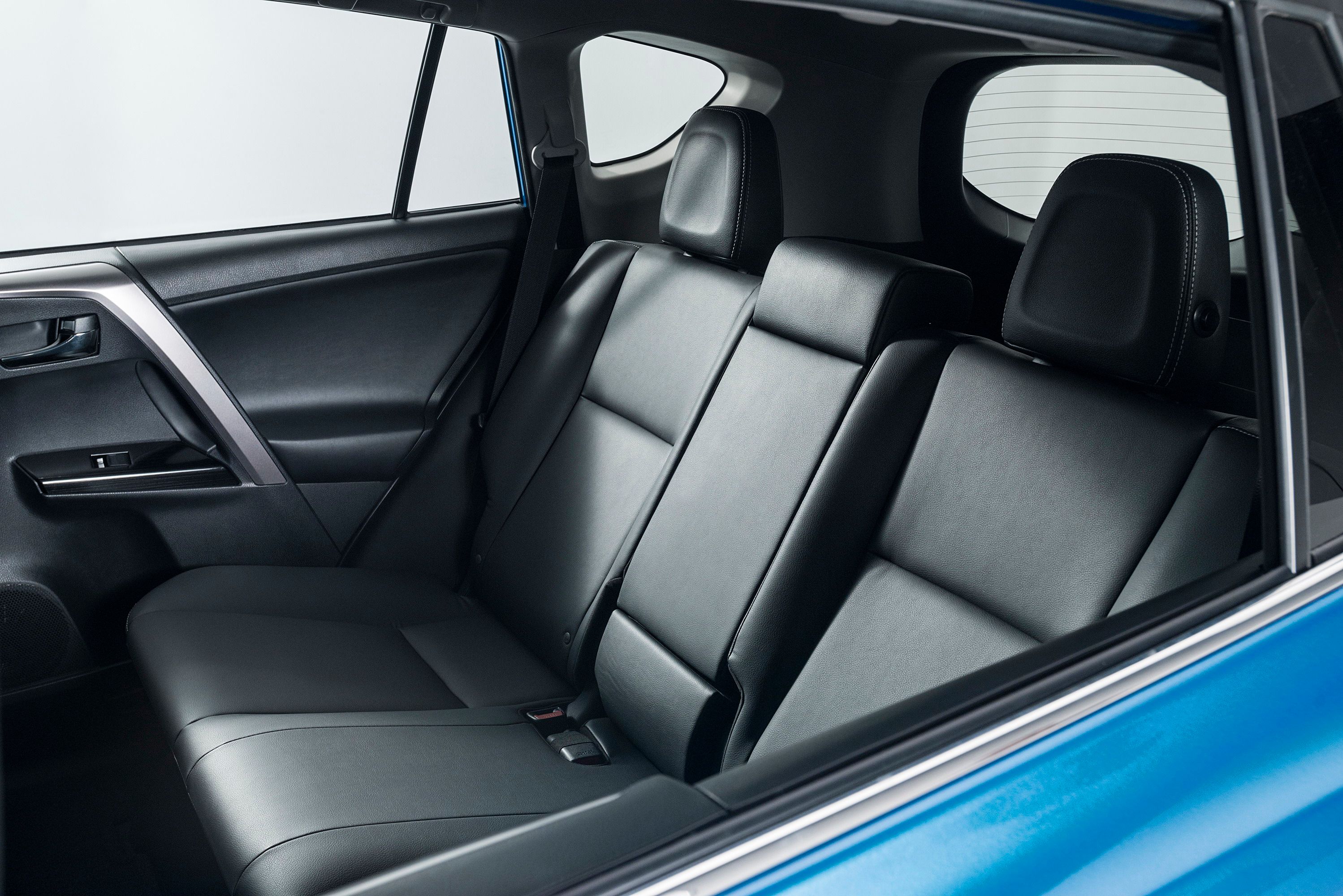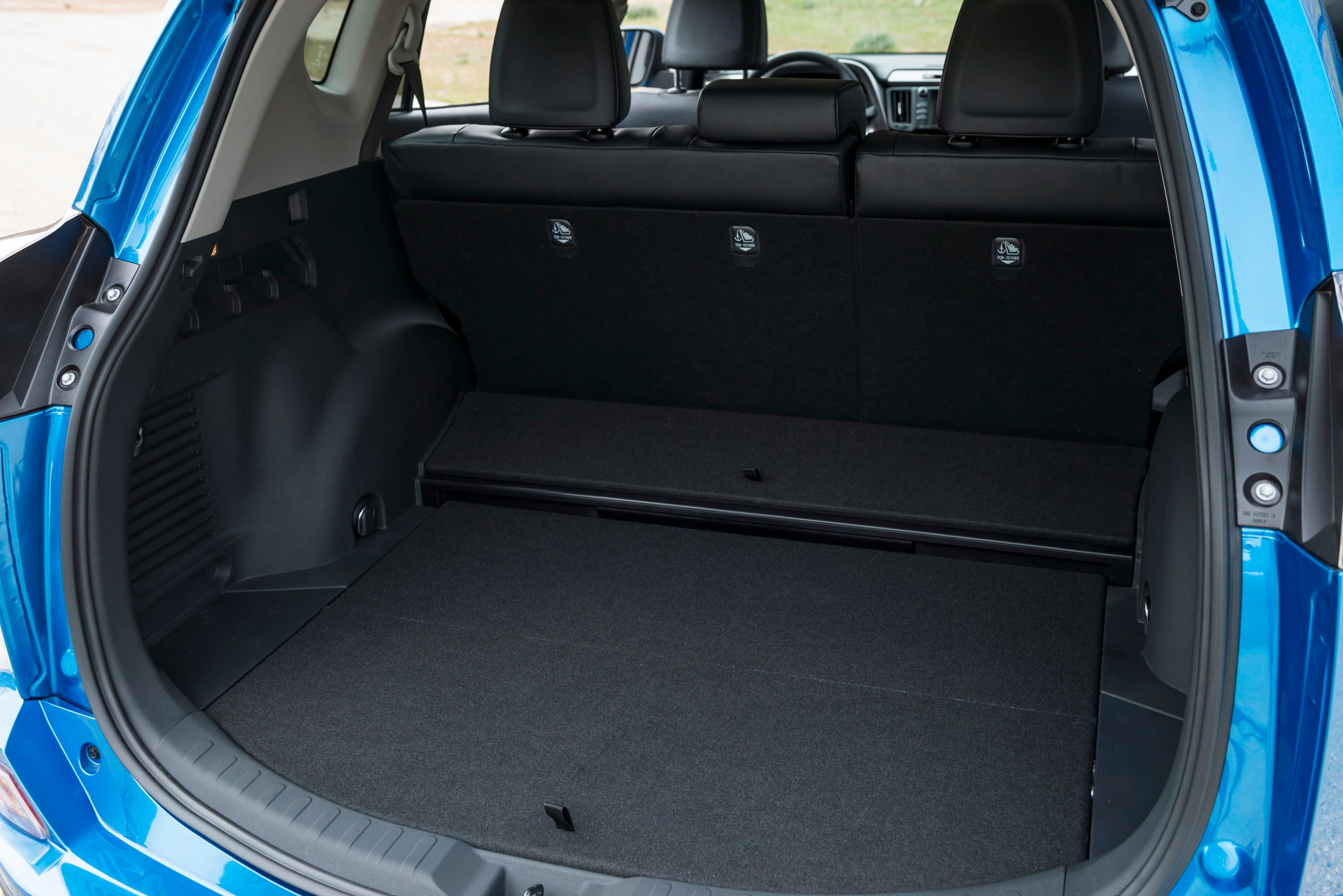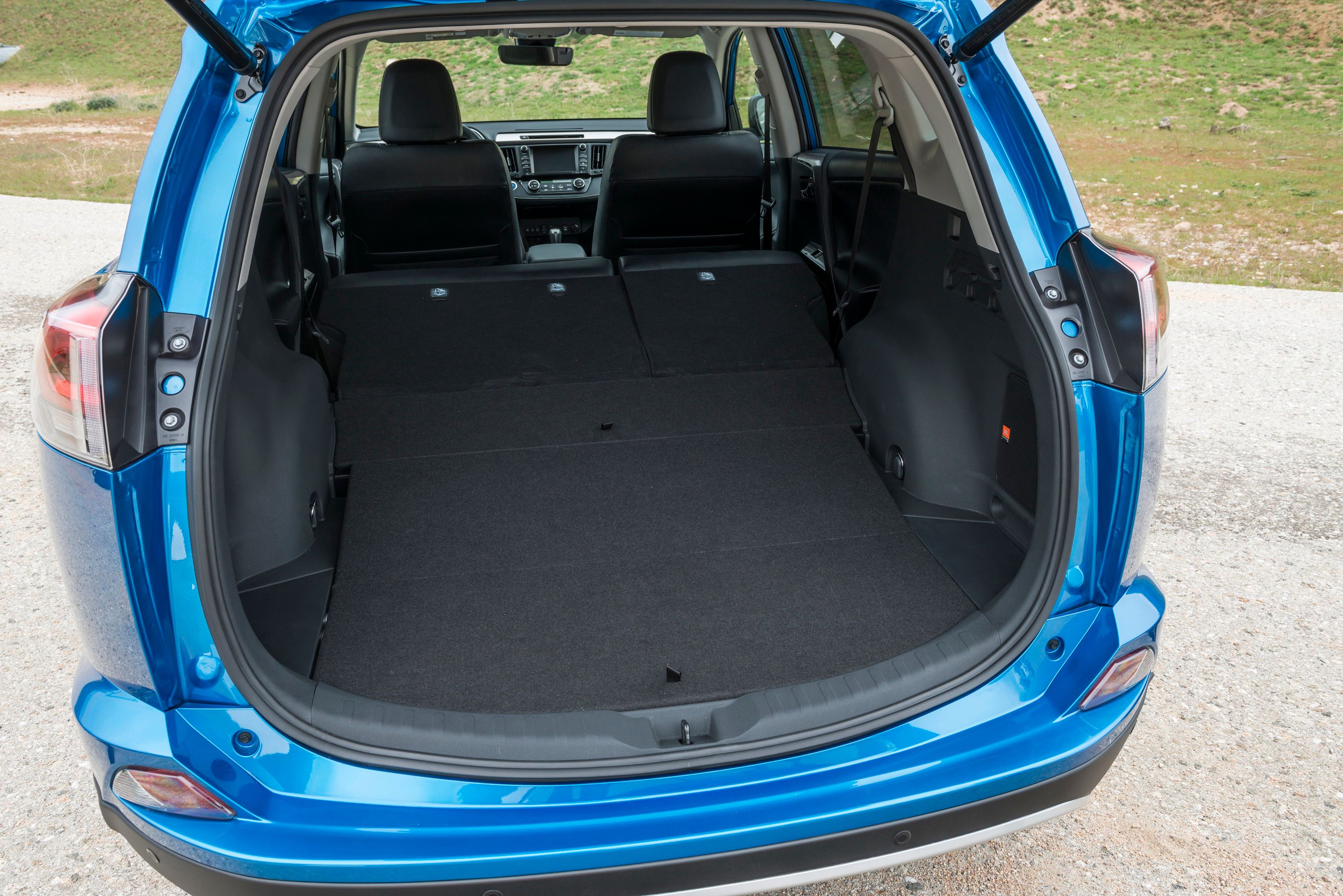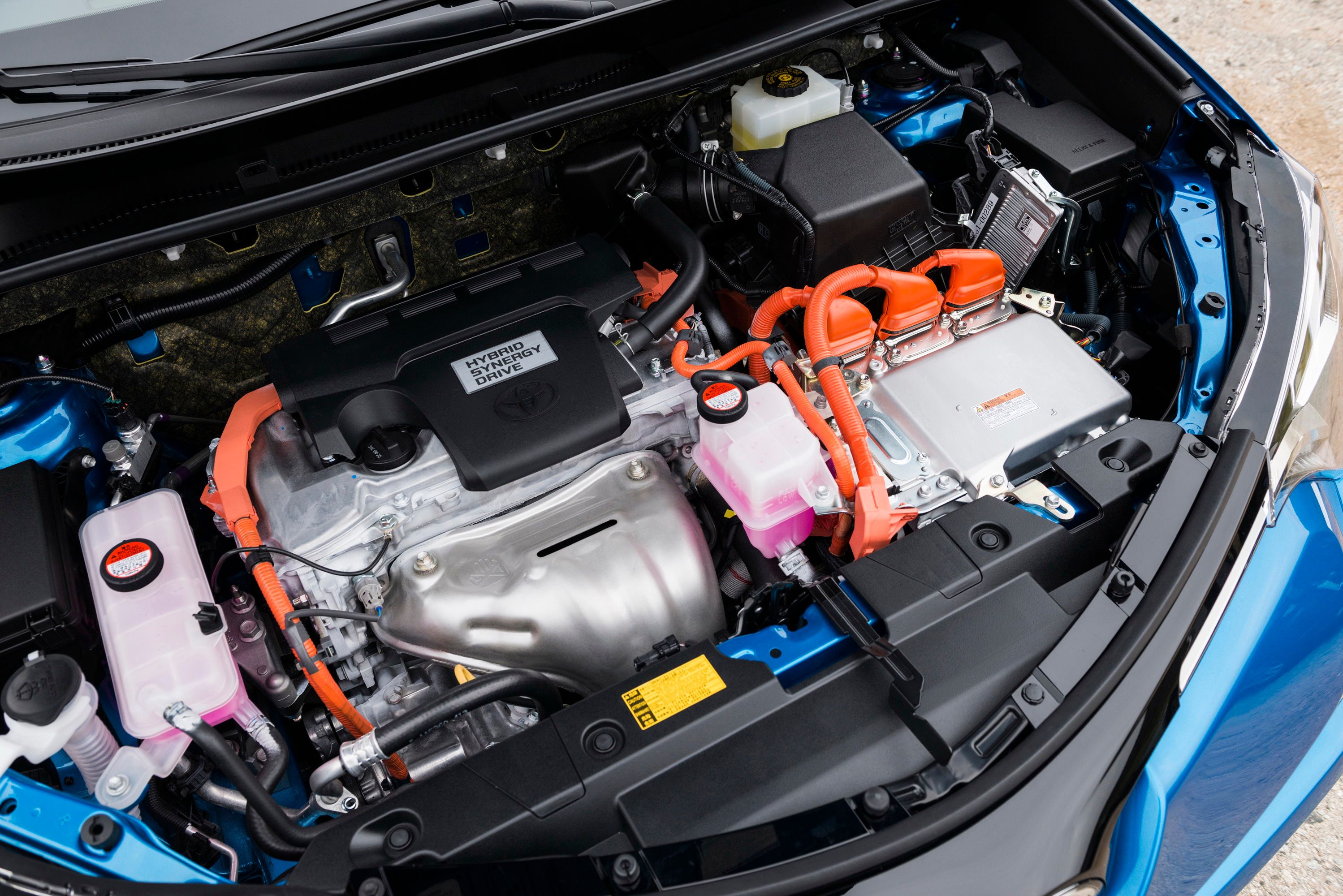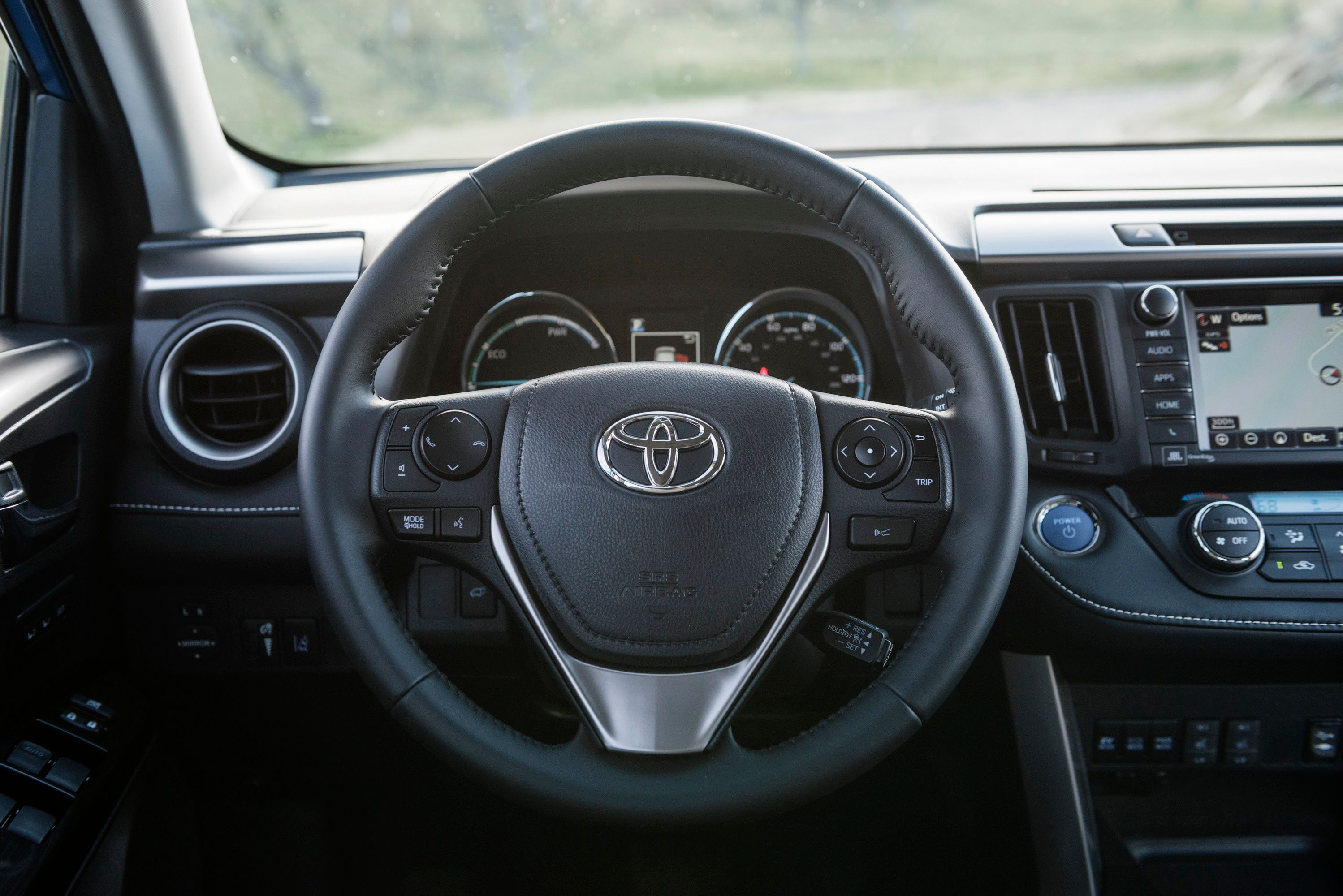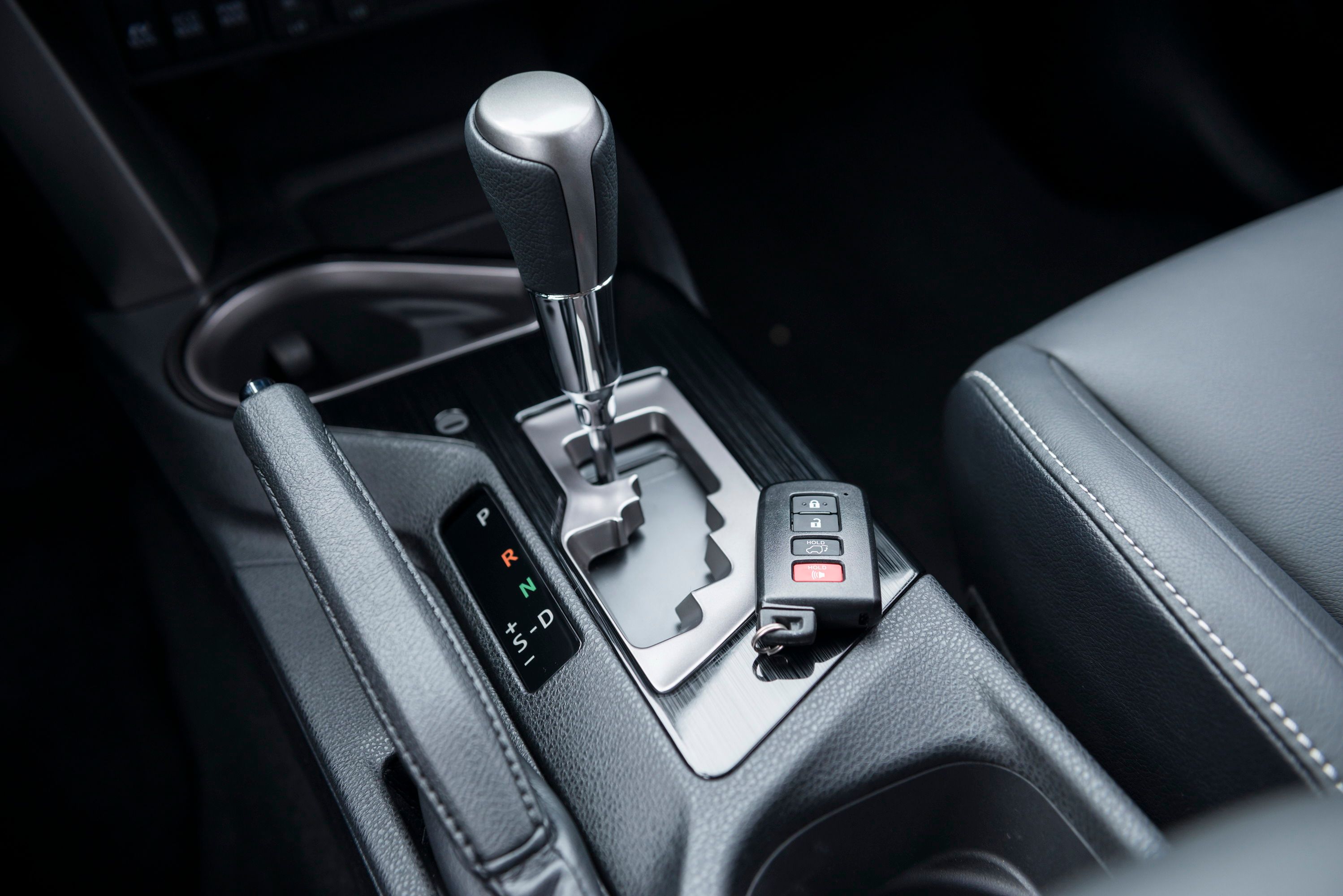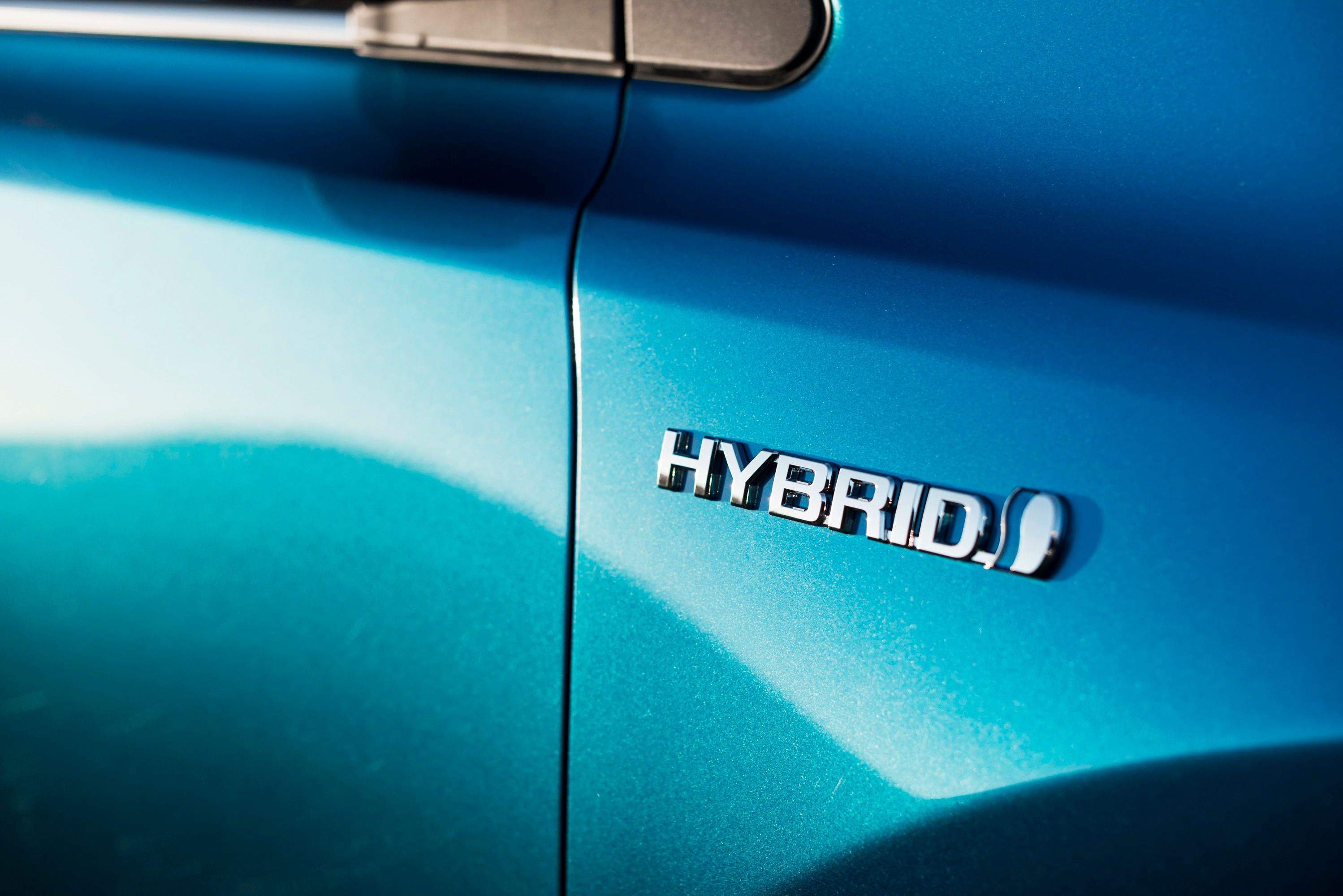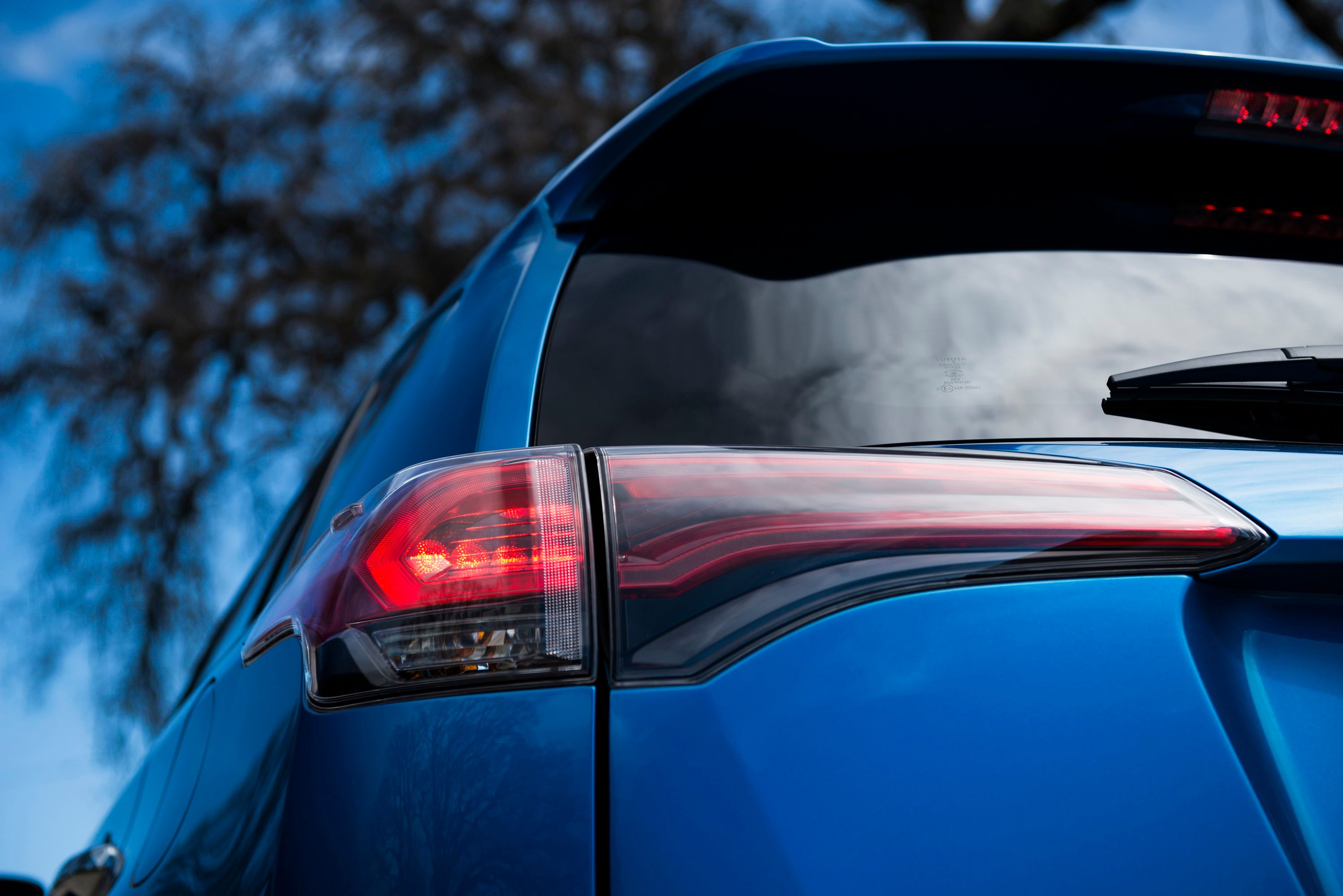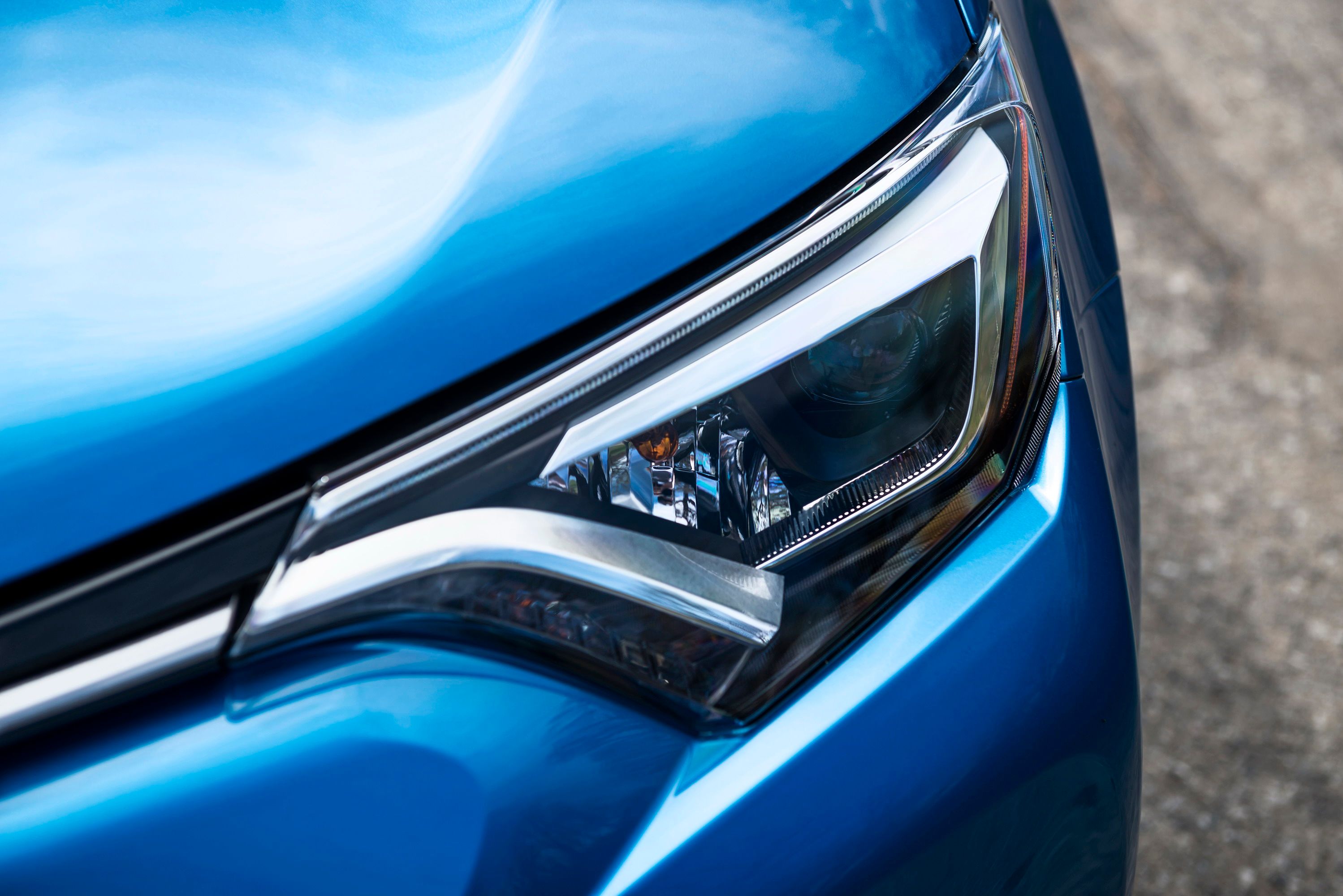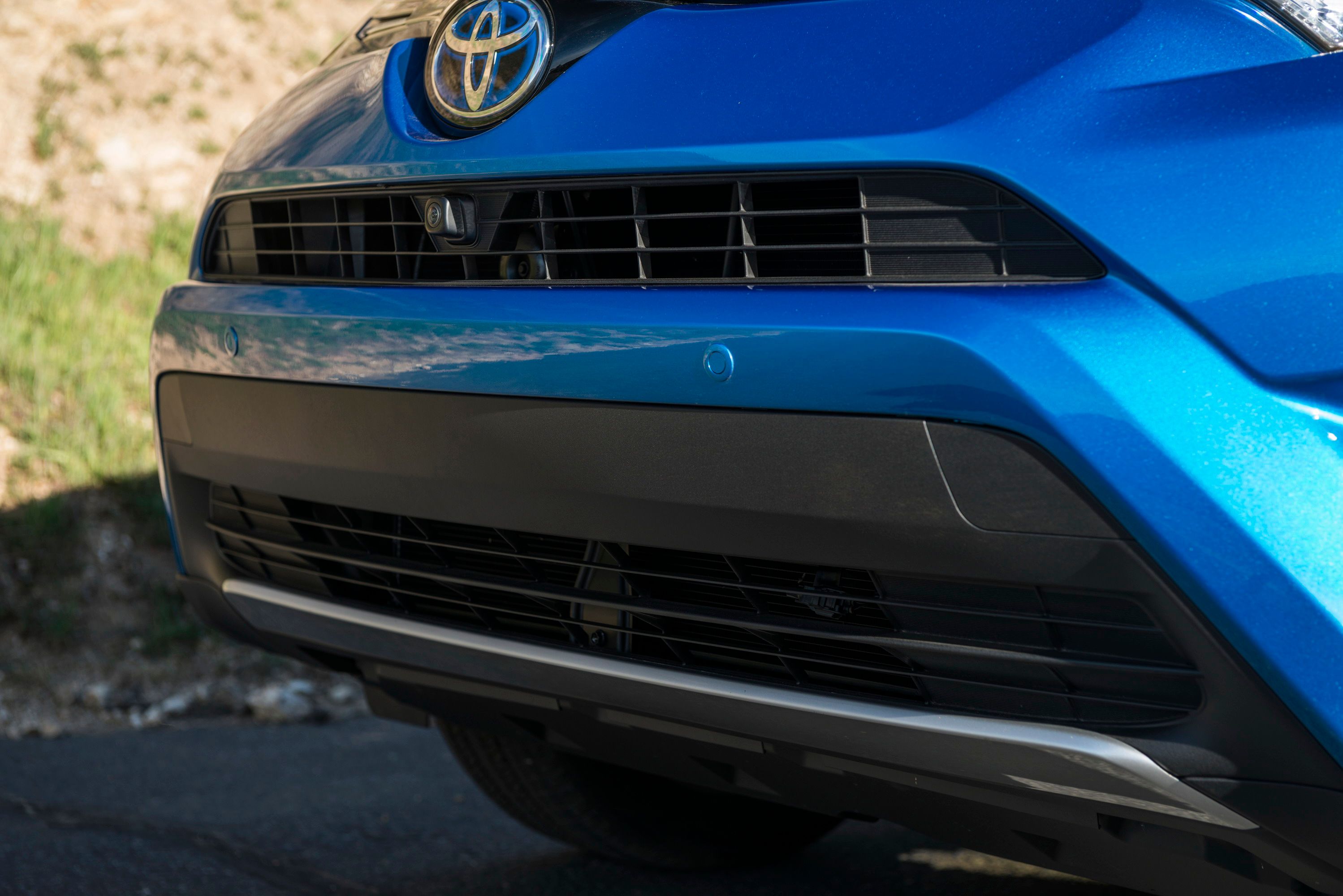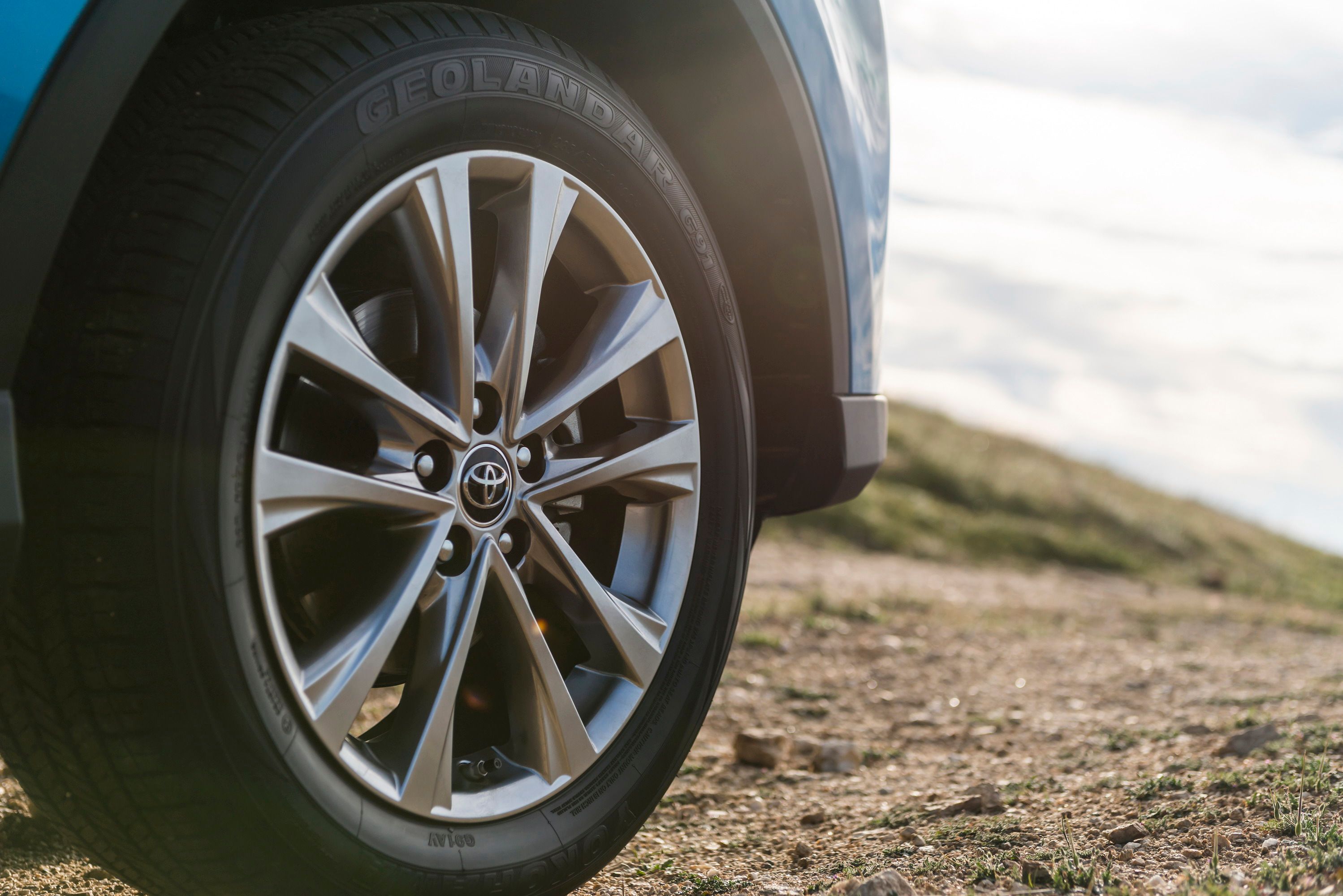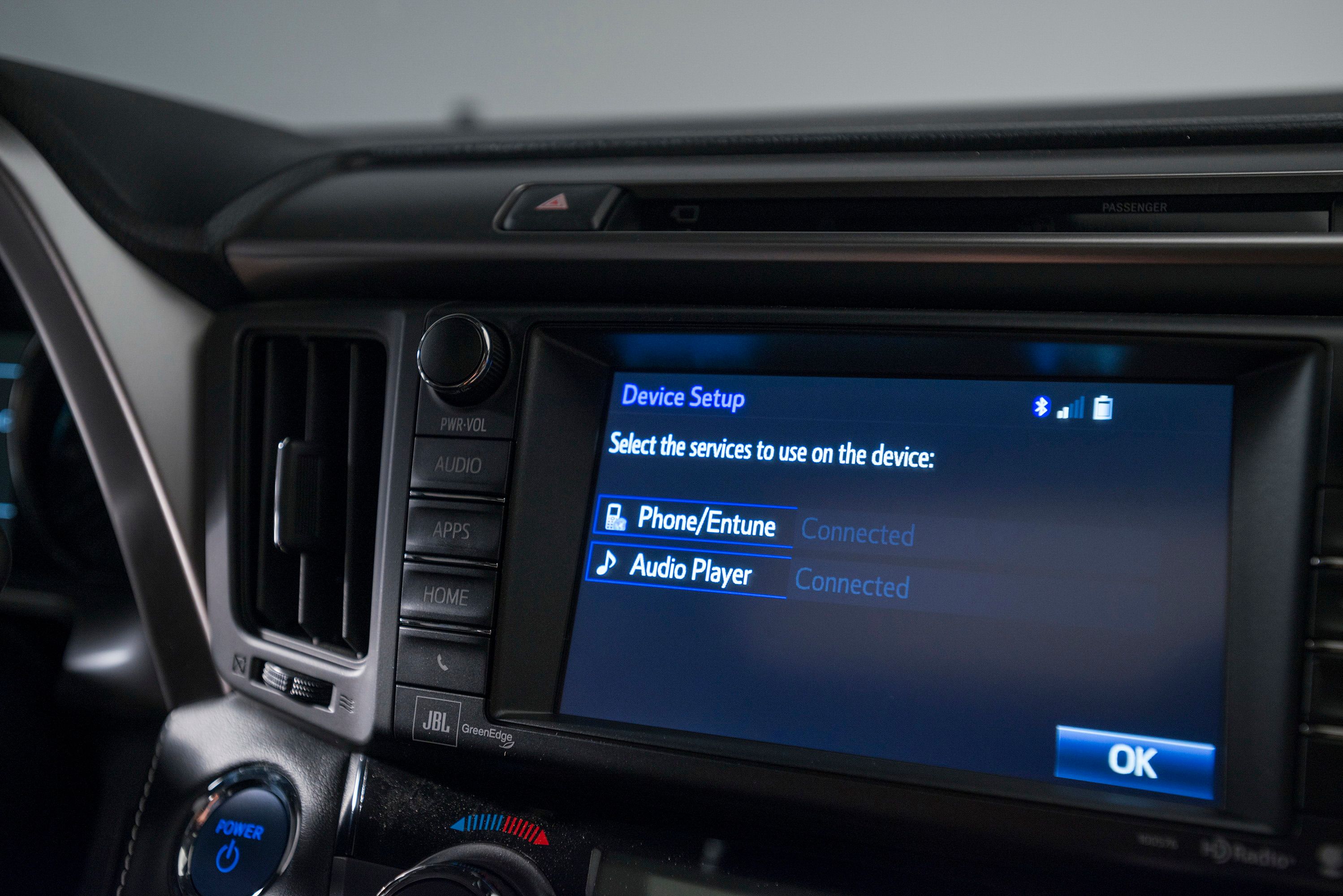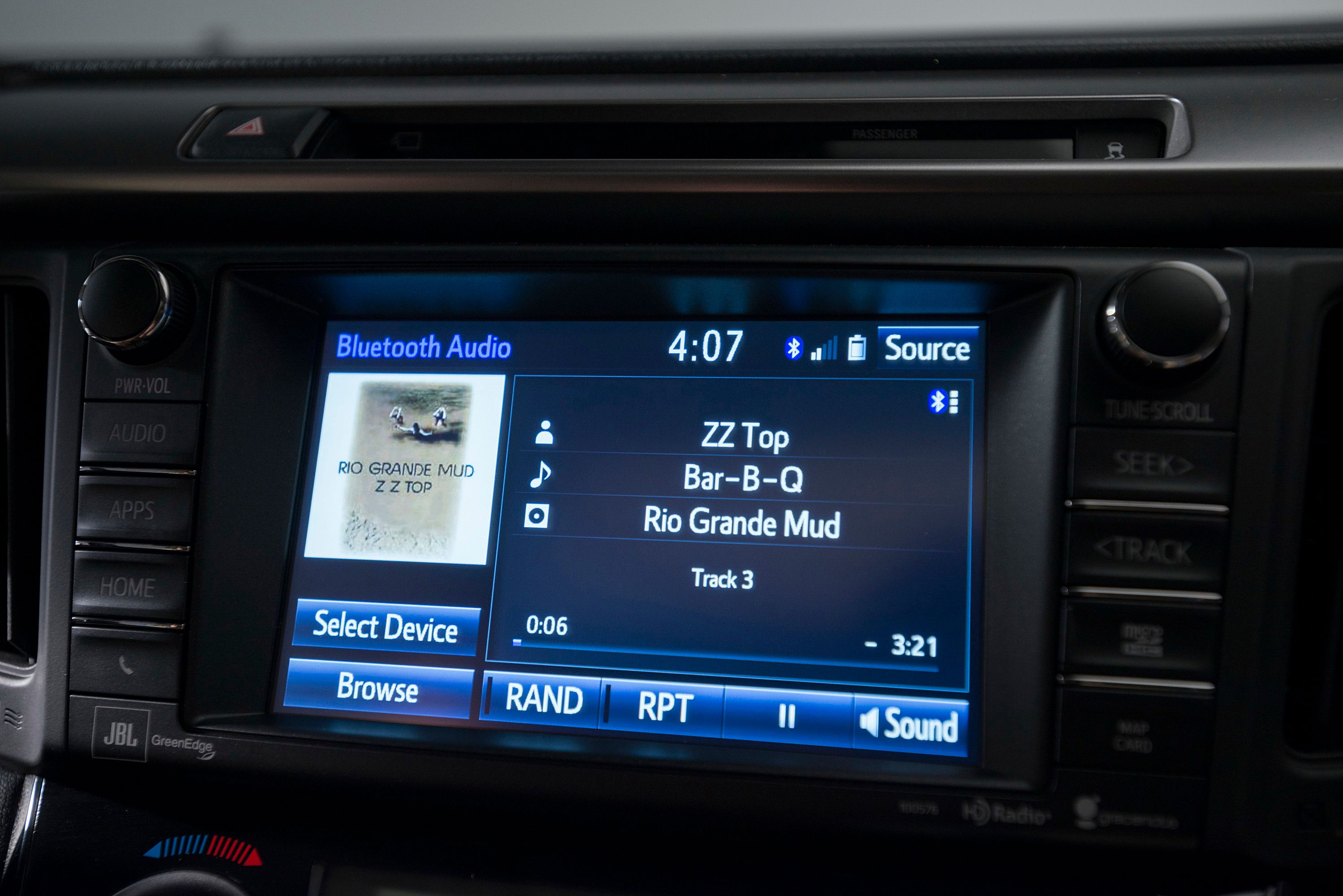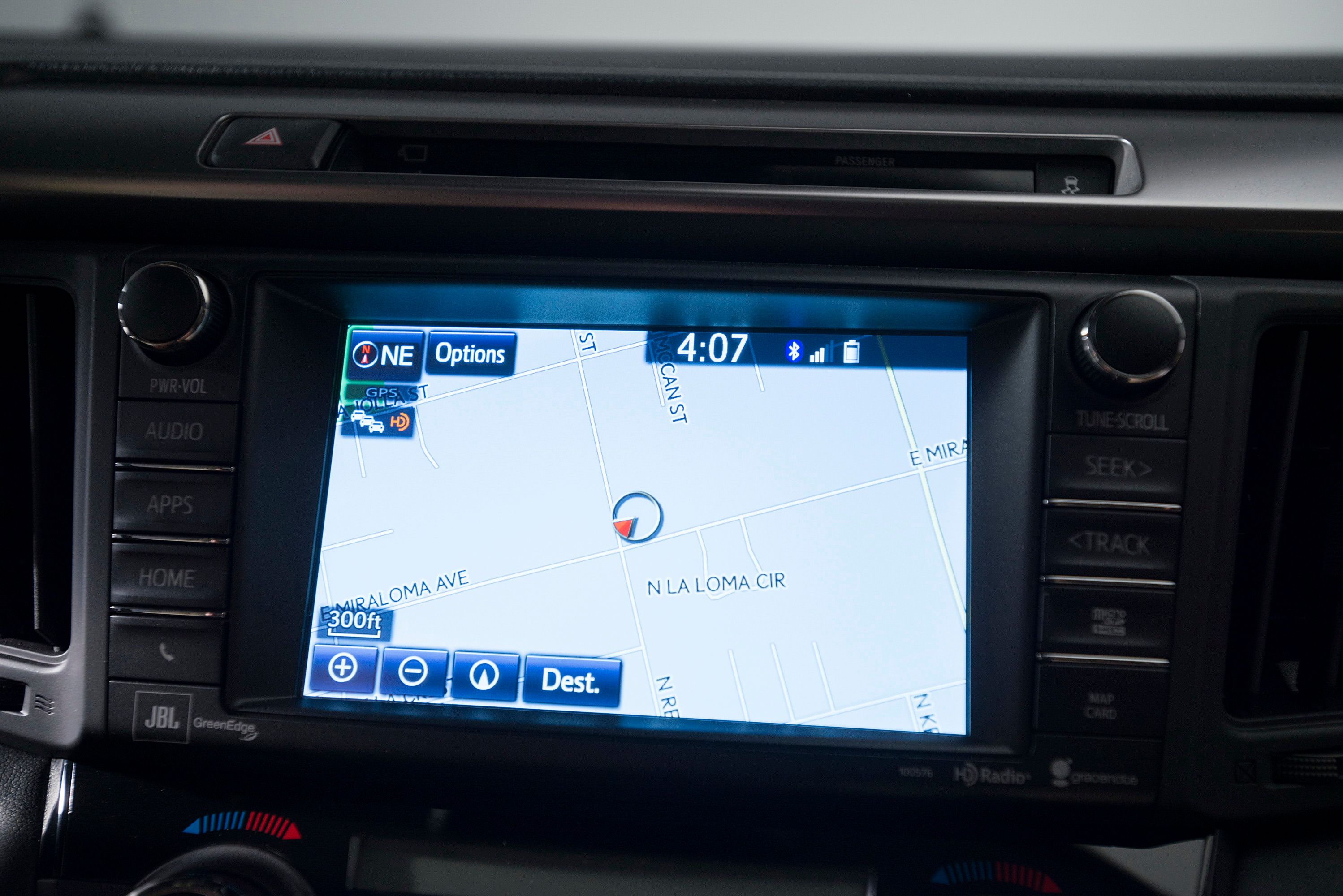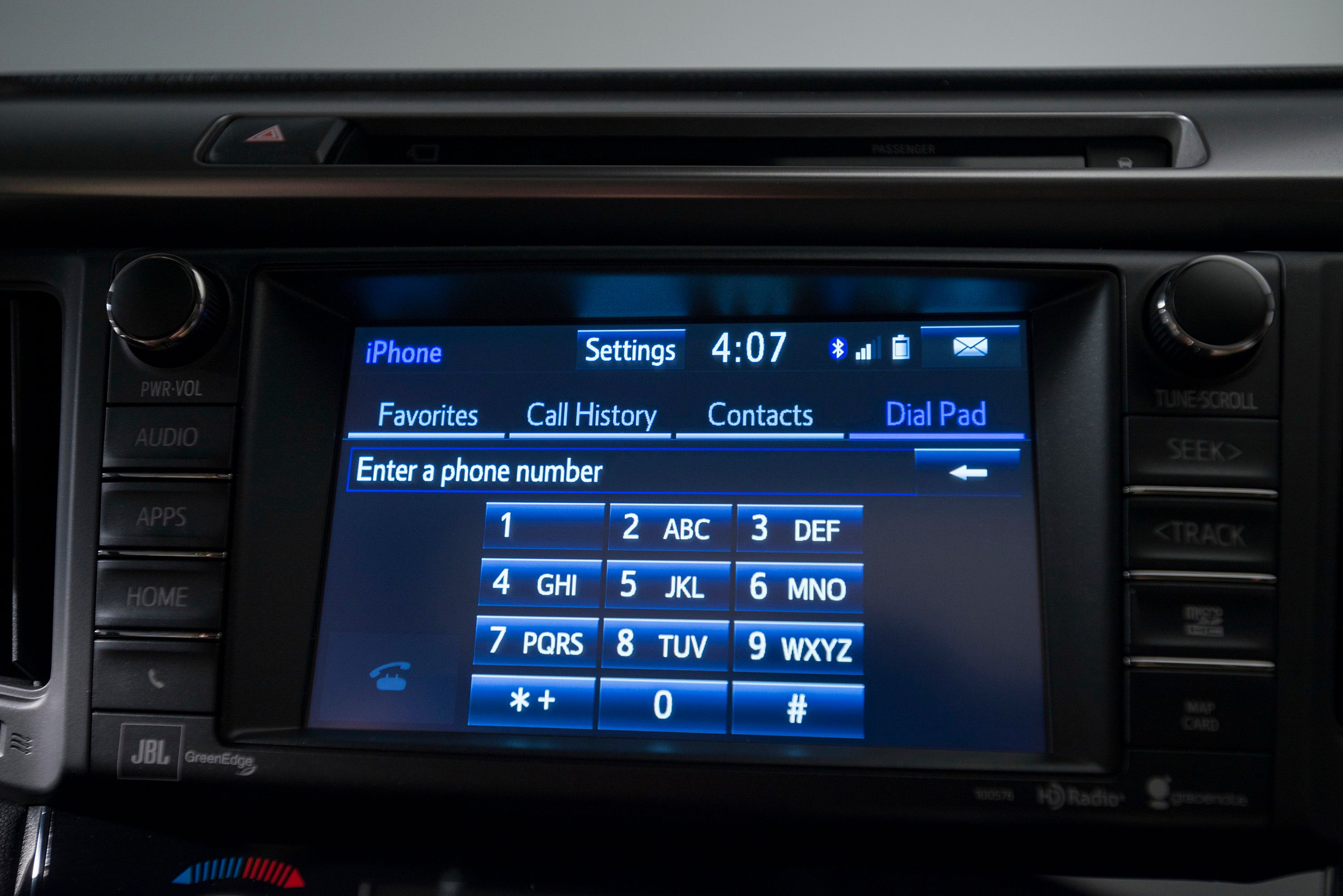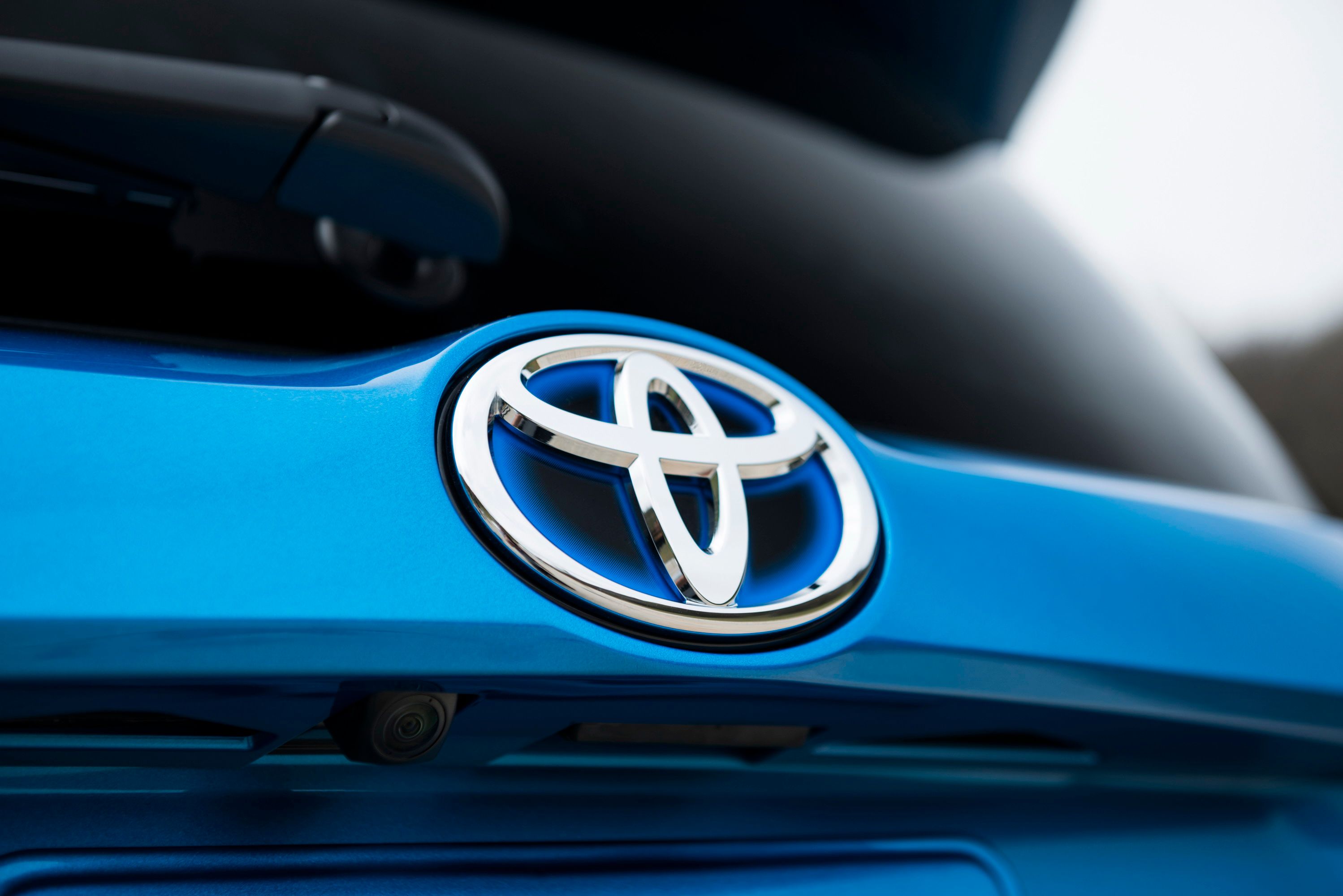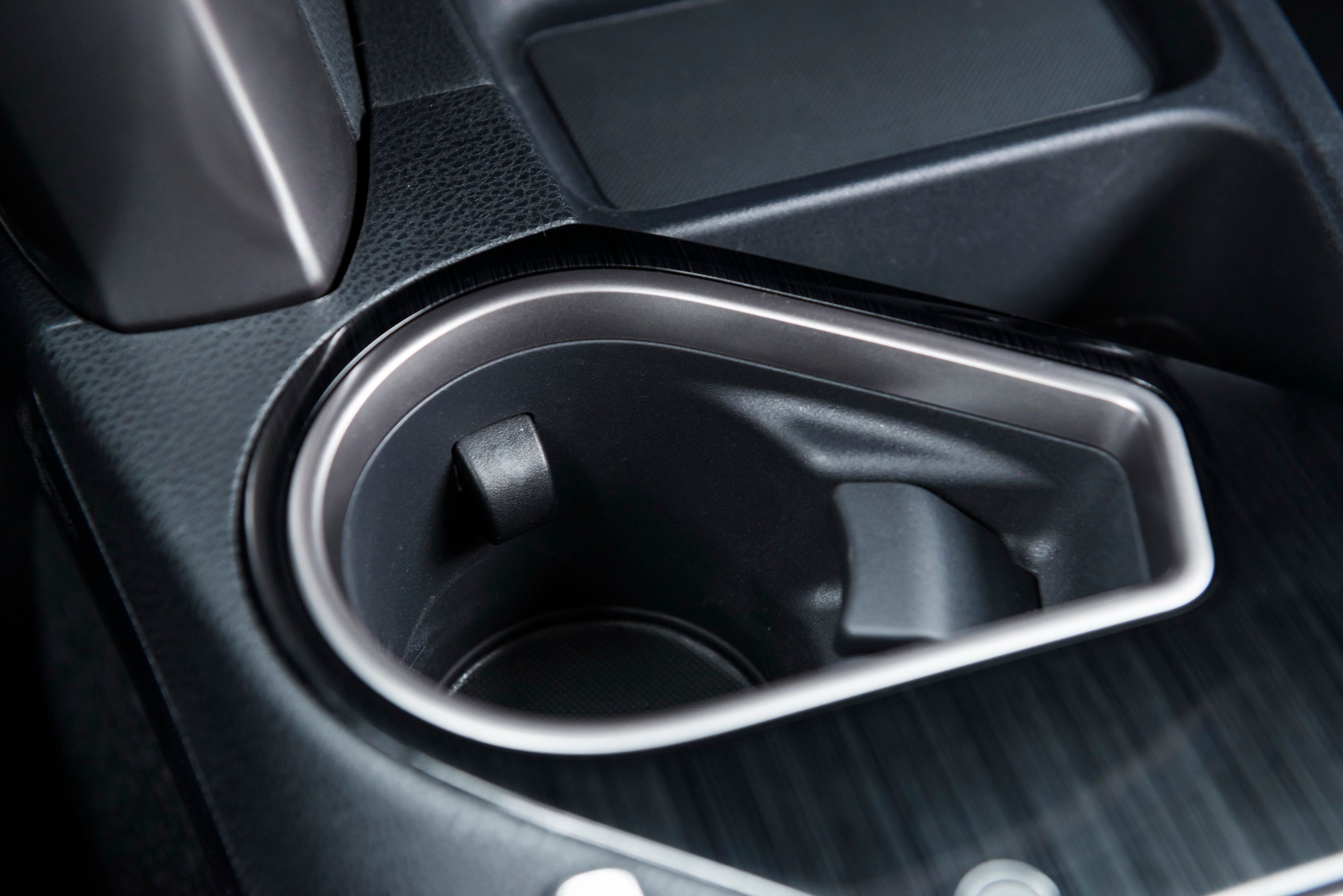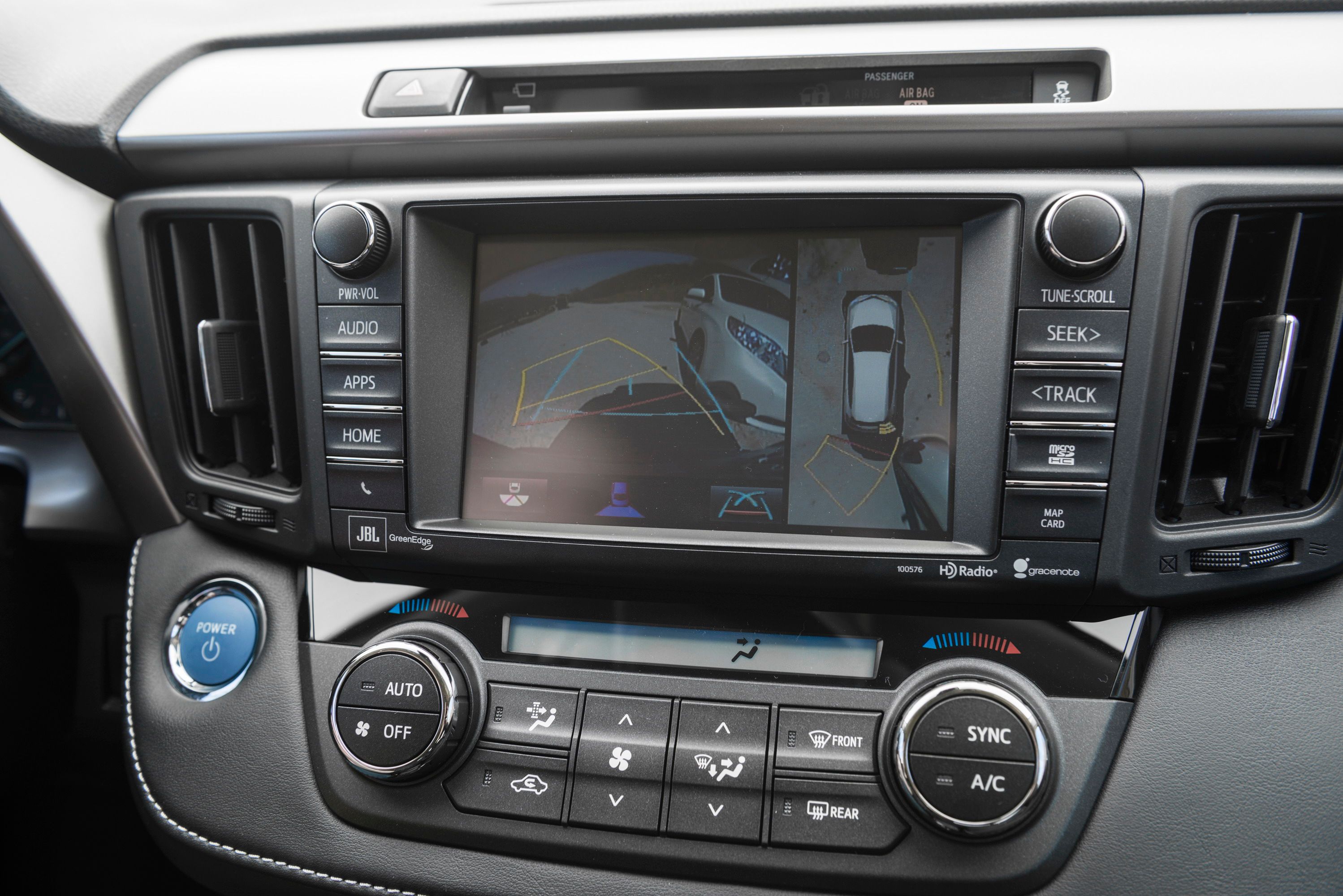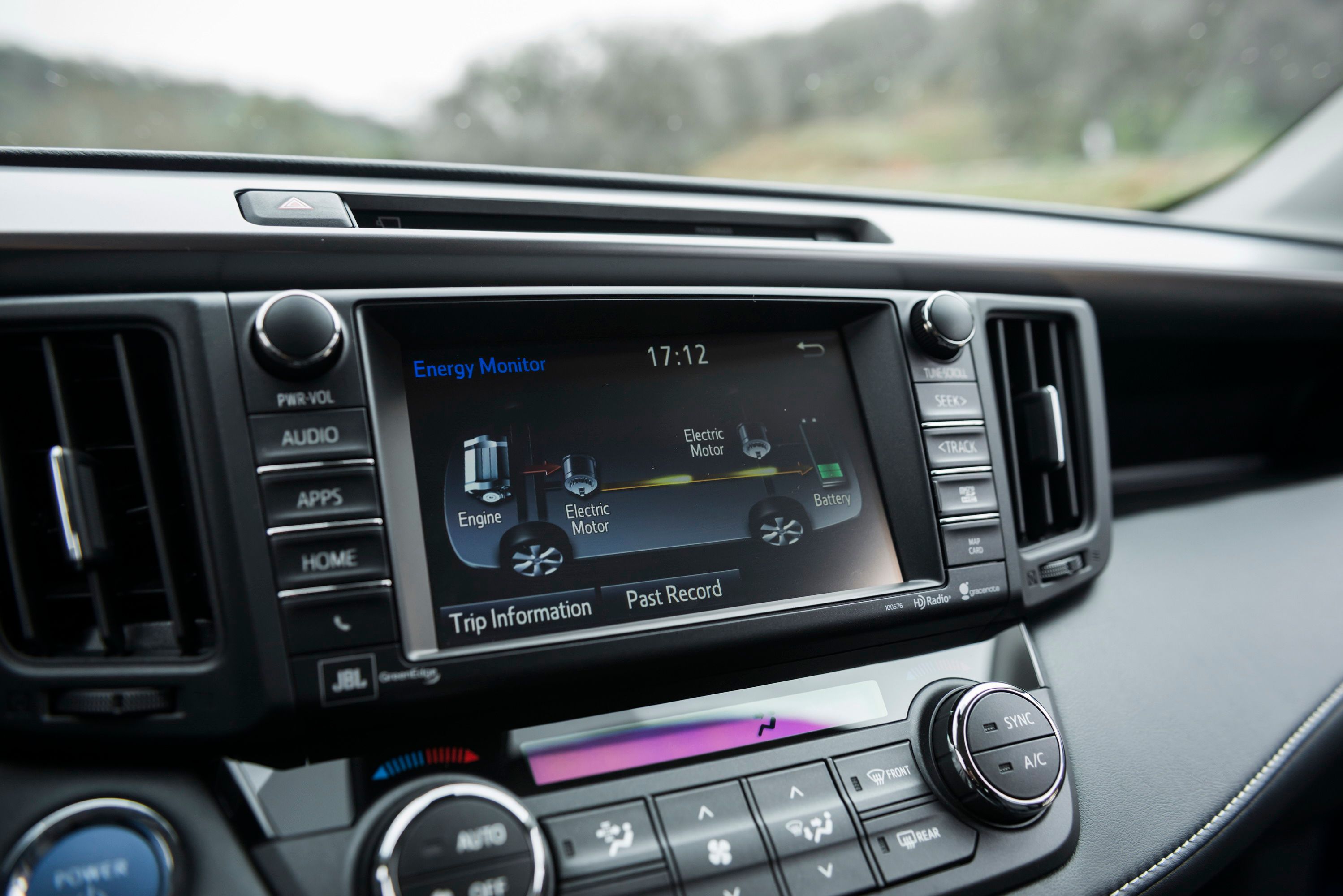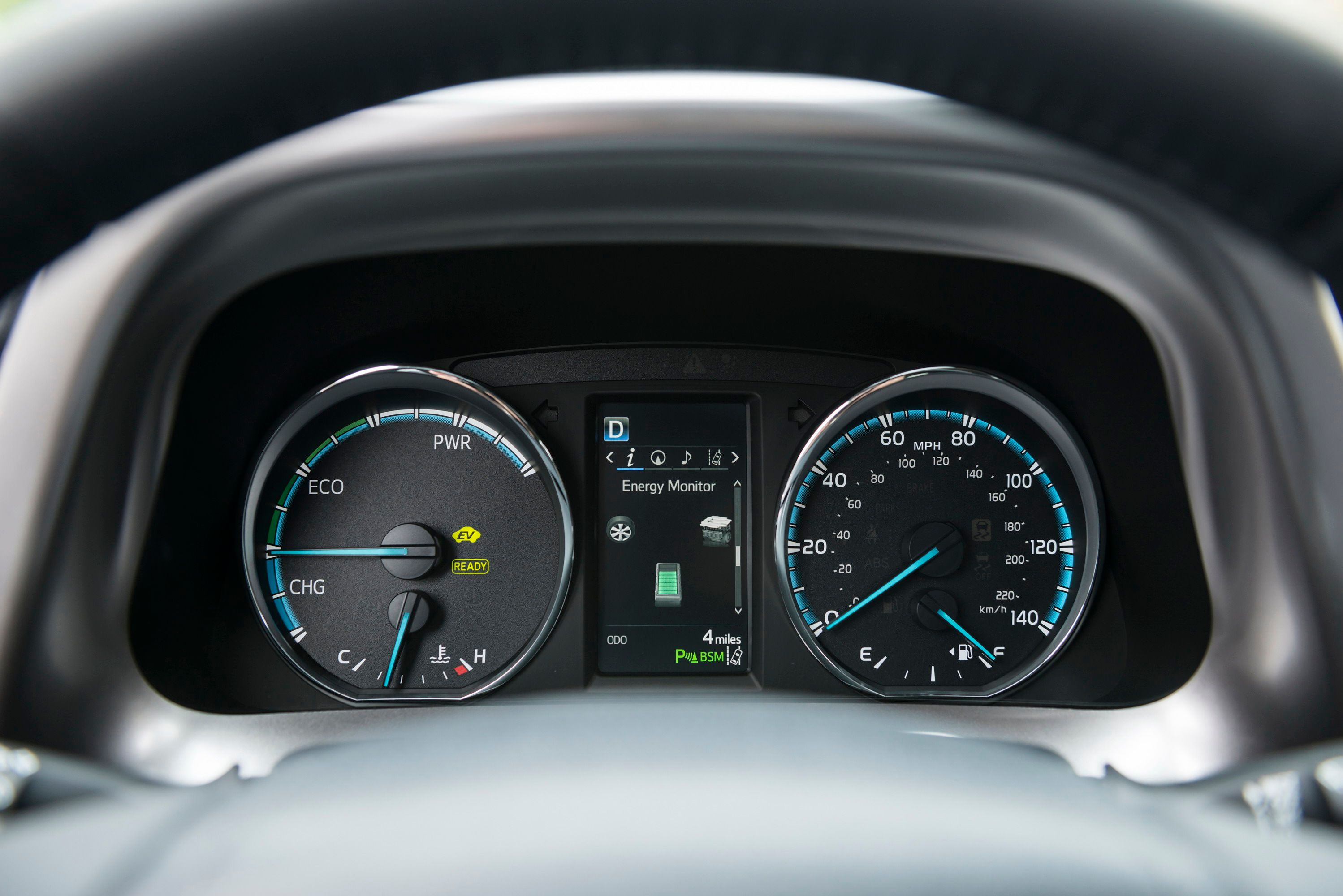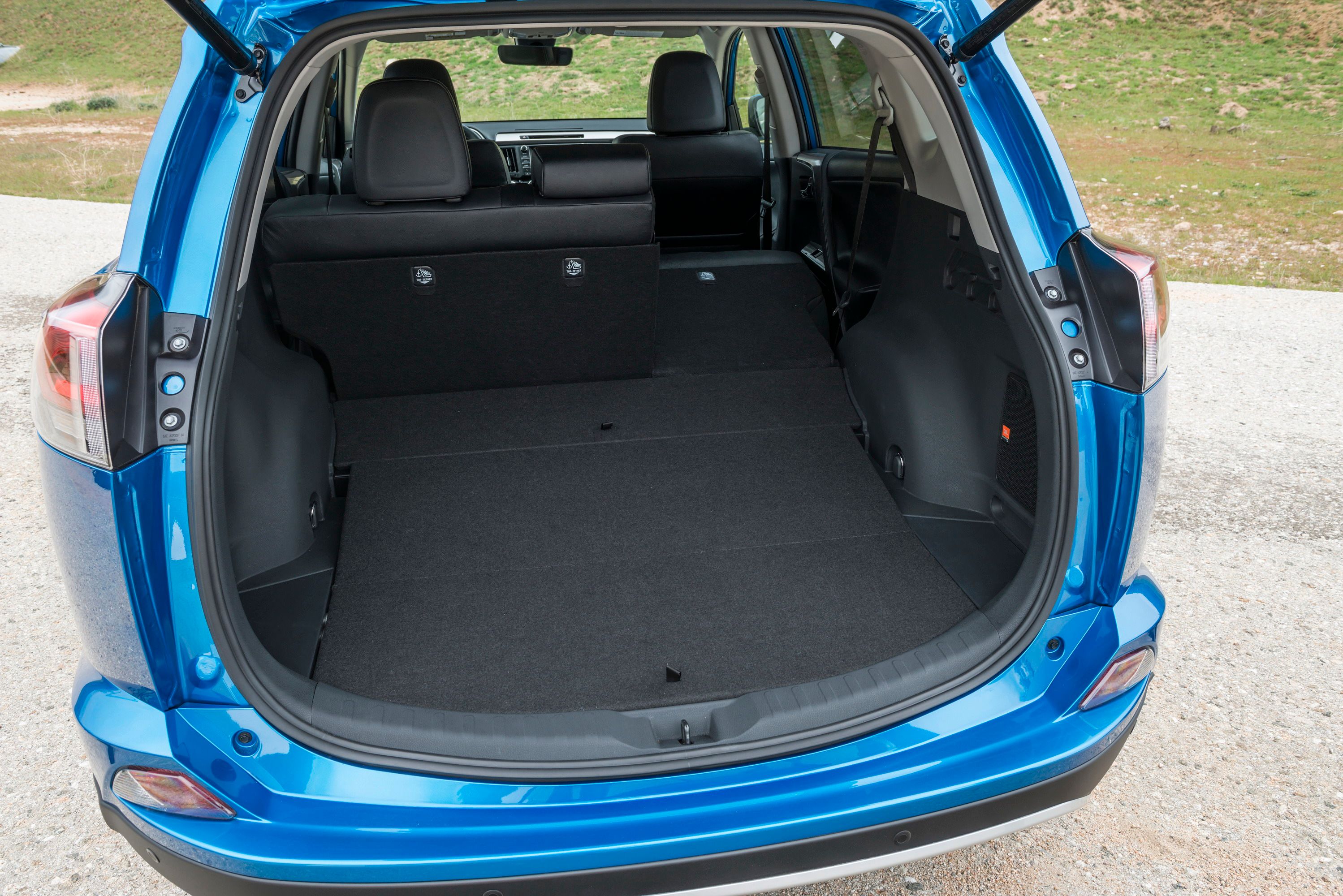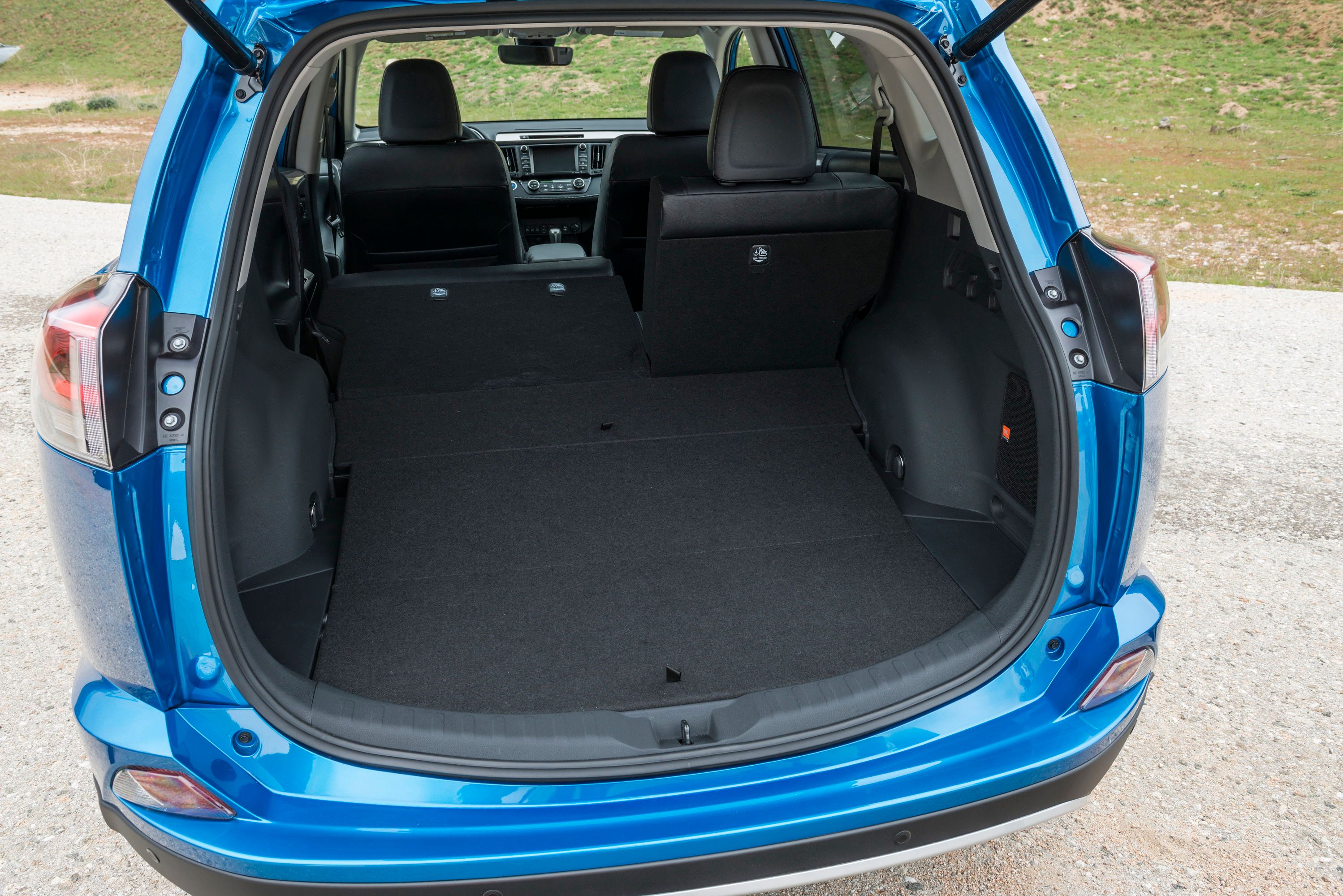Looking to cement its position as a global leader in hybrid cars, Toyota launched the 2016 Toyota RAV4 Hybrid. For the 2016 model year, that means that seven out of Toyota’s 13 vehicles are offered with a hybrid powertrain. The introduction of the RAV4 Hybrid taps a surprisingly untouched market for a compact hybrid crossover. Small crossovers like the RAV4 are already efficient vehicles, so adding Toyota’s proven hybrid technology will give the RAV4 Hybrid an even bigger advantage at the pump.
Toyota has been discussing creating hybrid versions of all of its volume-selling models by 2020. We’ve already seen one SUV go that direction, with the Highlander Hybrid debuting in 2006, and now that trend will continue with the introduction of the 2016 Hybrid, which debuted at the 2015 New York Auto Show.->ke226
The big question with the launch of the RAV4 Hybrid is in regards to the hybrid marketplace as a whole. In 2014, hybrid sales fell by 8.8 percent and it hasn’t recovered yet. Only time will tell if Toyota's gamble on the RAV4 Hybrid will pay off.
Continue reading to learn more about the 2016 Toyota RAV4 Hybrid.
2016 Toyota RAV4 Hybrid
- Make: Toyota
- Model: 2016 Toyota RAV4 Hybrid
- Engine/Motor: inline-4
- Horsepower: 194
Exterior
Unlike most entry-level hybrid vehicles, the RAV4 Hybrid actually looks better than the standard RAV4, thanks to a front-end styling that appears to have been inspired by the 2016 Toyota Mirai fuel-cell vehicle. The entire face of the RAV4 Hyrbid is exclusive to this model, with smaller headlights and an edgier fascia. The key change at the rear of the RAV4 Hybrid is the clear-lensed taillights, and the rest of the changes focus on Toyota’s signature blue highlight on the corporate logos and a limited color palate: Super White, Blizzard Pearl, Magnetic Gray Metallic, Classic Silver Metallic, Black Sand Pearl and a new color Toyota simply calls, BLUE.
Interior
Major changes inside the 2016 Toyota RAV4 Hybrid are limited to the gauge cluster, but the bigger question that remains to be seen is how the hybrid components affect the RAV4’s passenger comfort or cargo ability. That being said, the RAV4 already offers a spacious rear seat and generous amounts of cargo space, so it would seem there’s a little wiggle room to accommodate the battery pack and such.
Drivetrain
Just like the standard version of the RAV4, the sole engine used for the 2016 Toyota RAV4 Hybrid will be the 2.5-liter inline-four. Power output is not being announced at this time, but Toyota did say that the Hybrid powertrain will have more horsepower than the non-hybrid RAV4, which is rated at 176 horsepower. The engine mates to an electronically controlled continuously variable transmission (eCVT), and all RAV4 Hybrids will come standard with Toyota’s Electronic On-Demand All-Wheel-Drive System with intelligence (AWD-i). This system uses a separate motor located at the rear axle to instantly and automatically apply torque to the rear wheels when additional traction is required.
If this system sounds familiar, it’s because it is likely the same setup used in the Lexus NX 300h – Lexus’ newest crossover model based on the RAV4 platform. Although it’s hard to say if the RAV4 Hybrid will use the same hybrid system as the NX 300h, shared components would make sense. The Lexus NX 300h uses three motors total: one to start the engine and charge the battery, another to drive the front wheels and use for brake regeneration and the third, on all-wheel-drive models, to drive the rear wheels. Total power output is rated at 194 horsepower.
Since Toyota isn’t releasing fuel economy for the RAV4 Hybrid at this time, a quick look at the NX 300h’s spec sheet shows that it returns EPA estimates of 33 mpg in the city and 30 mpg on the highway for AWD models. As such, expect the RAV4 Hybrid’s numbers to be somewhere in this neighborhood.
Prices
The 2016 Toyota RAV4 Hybrid will only be available in the XLE and Limited trim levels, which start at $26,125 and $29,335, respectively, for the current 2015 RAV4 front-drive-models. Look for the hybrid system to add around $3,000 to the base price, giving the model a starting price of closer to $30,000.
Competition
Subaru XV Crosstrek Hybrid
The Crosstrek hybrid is the only legit competition the RAV4 will have in the 2016 model year, as there simply are not many hybrids in the compact SUV segment. The Crosstrek Hybrid is way down on power, as its 2.0-liter boxer engine and electric motor put out just 160 horsepower and 163 pound-feet of torque.
Across the board, the Crosstrek Hybrid should be able to go toe to toe with the RAV4 Hybrid. In fact, it may even have more premium features than the Toyota in its base model. However, Subaru has had build-quality issues in the past, resulting in random squeaks and rattles at low mileage.
In terms of pricing, the XV Crosstrek Hybrid is less than where I think the base RAV4 Hybrid will start from, at $25,995.
Read our full review of the Subaru XV Crosstrek Hybrid here.
Ford C-Max
Perhaps the only other non-Toyota in the compact, family friendly crossover(ish) market is the Ford C-Max. This don’t-call-me-a-minivan vehicle has more in common with the Toyota Prius v, but has a starting price of $24,170 – less than the price of a standard base model RAV4. Its lower and sleeker body also helps give the C-Max superior fuel economy over the RAV4 Hybrid as well, with EPA-rated estimates of 42 mpg city and 37 mpg highway. Despite these important advantages, the C-Max lacks the traditional crossover/SUV styling that continues to be popular, and it does not offer all-wheel drive.
Read our full review of the Ford C-Max here.
Conclusion
As EVs, fuel-cell vehicles and other zero-emission vehicle technologies gain in popularity, it is unknown how and where hybrid vehicles fit in to the automotive equation. For now, though, with hybrids still providing excellent efficiency bang for the buck, the 2016 Toyota RAV4 Hybrid will be another example of Toyota’s hybrid domination.


